We couldn’t help but notice Pitchfork’s attempt at capturing the 30 best dream pop releases, a problematic list that relied too heavily upon repeated artists and completely omitted THE band who coined the genre. With that in mind, we at Post-punk.com wanted to try our own hand at devising such a definitive genre list.
Firstly, I’d like to thank resident experts Amber Crain (When the Sun Hits) and Greg Fasolino (The Harrow, Bell Hollow) for helping through every step of the process, from whittling down a list of nearly 200 releases over a series of loving debates, passionately defending and suggesting alternate choices, and most importantly, for their help in writing many of the blurbs below.
As the line between shoegaze and dream pop is flimsy at best, we decided to set a few ground rules to help guide our selection process. By design, we decided to steer as clear from pure shoegaze as we could. As such, some of the noisier bands on the spectrum (Starflyer 59, Medicine, Swervedriver, Catherine Wheel) were left off. The same rule held true for bands like Curve, whose electronic cacophony didn’t feel quite-so-dreamy, as vital as it may be. Lastly, while indie-pop often flirted with the same textures and shared a similar set of influences, opening the door to the genre felt equally inaccurate (though we adore Black Tambourine, The Field Mice, Blueboy, and Heavenly as much as anyone).
We also made the difficult decision to limit ourselves to one release per artist. While it’s easy to place five Cocteau Twins records in the top 10 alone, it was a rewarding challenge to settle on our collective favorite album across the board, or at least, the one that stands out as the clear genre staple. Our goal in turn is to shed some light on both genre masterpieces as well as some underrated gems. Instead of ranking these in order of preference, they are simply listed chronologically, as is our Spotify playlist, which can be found just below for those listening at home.
With that in mind, we do hope you enjoy our list – please do feel free to share, discuss, and pick things apart in the comments as much as you see fit!
1. Not Drowning, Waving- Another Pond (Rampart Releases, 1984)
Our first entry on this list is an unsuspecting and extremely underrated one, released a few years before the genre was “officially” coined, but no less deserving of inclusion. This Australian band combined sparse washes of synthesizer, delicately rambling piano melodies, churning post-punk guitars, fretless bass, and ghost-ridden vocals, and the results are as ephemeral as they are stunning.
-Frank Deserto
2. The Wake- Here Comes Everybody (Factory, 1985)
Often dismissed as a Joy Division/New Order clone (depending on which record you consider), Scotland’s The Wake layer bright lines over reverb-drenched production, writing a series of perfect pop songs that would inform much of the Captured Tracks roster over 30 years later. Lose yourself in the warmth of “O Pamela,” sway in the warm spring breeze of “Melancholy Man,” or let the title track bring out the hopeless romantic buried even in the deepest reaches of your heart.
-FD
3. Felt- Ignite the Seven Cannons (Cherry Red, 1985)
In a category all their own, Felt’s flirtation with introspective popstar success never quite projected the band into the stratosphere, but their influence sent shockwaves across the indie scene that can still be felt to date. Their fourth record features the sublime “Primitive Painters,” their most successful track to date, complete with the soaring vocals of Elizabeth Frasier. Cocteau Twins guitarist Robin Guthrie also provides his trademark production, which was recently stripped for a 2018 reissue of the album. We tend to prefer those syrupy textures, but either way you slice it, Felt were on the top of their game.
-FD
4. Dif Juz- Extractions (4AD, 1985)
One of 4ADs most underrated bands also received the magic touch of Guthrie and Frasier, adding their telltale sense of beauty and wonder to the band’s debut album. Extractions expanded on a series of incredible EPs, offering a delicate balance of breezy jazz textures and avant-garde expressions, with just the right amount of melancholy to keep the band from floating away entirely.
-FD
5. The Chameleons- Strange Times (Geffen, 1986)
Choosing a favorite Chameleons record is like choosing your favorite child – a true exercise in futility. However, the Manchester quartet’s third record is arguably their dreamiest, trading in much of their early angst while swinging for the fences with a tremendous collection of songs. Album centerpiece “Swamp Thing” is both their most complex and epic track to date, and the heart swells with every grandiose sweep. The serpentine “Soul in Isolation” explores the opposite side of the emotional spectrum with similar attention to detail, while both “Tears” and “In Answer” continue the band’s knack for capturing childlike innocence in the span of a perfect pop song.
-FD
6. A.R. Kane- When You’re Sad 12’’ (One Little Indian, 1986)
In just a few short years, the unpredictable and under-celebrated A.R. Kane would release a string of EPs that not only officially cemented dream pop as we know it (the band is also responsible for coining the term), but would also break down all rules and trappings of everything that came before. Hard to imagine that just one year later, the band would blow the roof of the club scene with “Pump Up the Volume” as half of M/A/R/R/S, while at the same time, chasing forgotten ghosts across a string of essential 12’’ releases.
-FD
7. Lowlife- Diminuendo (Nightshift Records, 1987)
Fully shedding their psychobilly roots and taking heavy cues from The Chameleons, Lowlife hit their stride with their second album, a treatise of shimmering guitar lines, low synth swirls, and the driving bass of ex-Cocteau Twins bassist Will Heggie, grounded perfectly by the late Craig Lorentson’s honey-dipped croon. It’s easy to get lost in the thick atmosphere, but underneath the textures are a set of unforgettable songs that are introspective and somber without falling prey to self-pity.
-FD
8. Breathless- Three Times and Waving (Tenor Vossa Records, 1987)
After establishing their compelling style of ethereal rock on 1986 debut The Glass Bead Game, Breathless further refined the sound on its elegant follow up, Three Times and Waving. While the soft echoes of post-punk romanticism à la Cocteau Twins and The Chameleons can be heard here, the group’s moody, haunting soundscapes and Dominic Appleton’s poignant vocal performances are simply too distinctive to be subject to comparisons. Songs like “Into the Fire” and “Waiting on the Wire” highlight the band’s enthralling ability to go from fragile to ominous to soaring in the space of a single song.
-Amber Crain
9. Hugo Largo- Drum (Relativity, 1987)
Formulated as a unique attempt to make art-pop without the tyranny of guitar and drum clichés, Manhattan’s wonderfully eccentric Hugo Largo used a spacious tapestry of drones – Hahn Rowe’s violin and the terrific counterpoint basses of Tim Sommer and Adam Peacock – to set the stage for the crystalline, almost-Björklike faerie-chants of Mimi Goese. Call Drum the chamber music of dream pop if you will, but be humbled when you hear the siren song of “Second Skin” and Kinks cover “Fancy.”
-Greg Fasolino
10. For Against- December (Independent Project Records, 1988)
For Against may hail from Lincoln, Nebraska, but their sound was distinctly British. Following early, more Factory-influenced material and the terrific Echelons debut, 1988’s superlative December crystallized this band’s approach – sprightly bass and drums providing a busy backdrop for a flower-filled field of endless chiming guitars and uber-wistful vocals. For Against had dream pop hooks galore (see “Paperwhites”, “Stranded in Greenland”) but could chill your heart as well, as on the immensely bittersweet and glacial title dirge.
-GF
11. The House of Love- The House of Love (Creation Records, 1988)
From the celestial opening guitar shimmer, the honeyed double-tracked harmonies, and sonnet-worshipping lyrics of “Christine,” The House of Love’s debut album launches out of the gates as a force to be reckoned with. Taking heavy cues from ’60s psychedelia and folk, the band would drag dream pop consciousness further into the mainstream, opening the door for even bigger commercial successes to follow.
-FD
12. The Pollen- Contrasts (Danceteria, 1988)
The Pollen may be rather unknown compared to many of the bands on this list, but their debut album, produced by The Sound’s Adrian Borland, toed the line between the budding French coldwave movement and the prevalent indie-folk sound that saturated much of the softer side of the spectrum. Never before has folk-tinged guitar music sounded so powerful.
-FD
13. Area- The Perfect Dream (C’est La Mort, 1988)
Dark, rhythmic waves of warm synth, dreamily plucked guitar, and dry, hard-hitting drum machines make up the perfect backdrop for Lynn Canfield’s sultry multi-layered vocals. Their third record is their brightest and most majestic work, drawing heavily on 4AD’s ethereal atmosphere and adding a slew of midwestern folk and Americana influences.
-FD
14. Heavenly Bodies- Celestial (Third Mind Records, 1988)
Heavenly Bodies were a super group of sorts, consisting of three 4AD alumni. Vocalist Caroline Seaman is best known today as a vocalist on This Mortal Coil’s Filigree and Shadow, while Scott Rodger served as a member of Dead Can Dance on their earlier post-punk releases. Not to be left out, percussionist James Pinker was a member of industrial collective SPK, performed on Dead Can Dance’s sophomore album Spleen and Ideal, and recorded with Michael Brook and Jane Siberry, amongst other notable collaborations. Credentials aside, the band’s lone album contains aural traces of each of the above artists, one minute flirting with avant-ghetto passages and the next swinging for the dancefloor with the infectious “Rains on Me.”
-FD
15. Galaxie 500- On Fire (Rough Trade, 1989)
Galaxie 500 have always conveyed so much emotion with an extremely minimal sonic palate. A series of softly strummed, glacial lullabies make up the majority of the band’s sophomore release, building ever-so-slightly but never fully giving into chaos. As such, On Fire walks a similar line as The Velvet Underground’s third record – a transcendent, yet narcotic listen. “Blue Thunder,” “Another Day,” and “Decomposing Trees” are among the album’s many hazy highlights, offering liquid guitar solos, reverb-soaked horns, hefty percussion, and sweetly sour vocal harmonies.
-FD
16. Shelleyan Orphan- Century Flower (Rough Trade, 1989)
Employing an array of carefully considered strings, Shelleyan Orphan’s brand of dream pop would have sounded right at home even a hundred years earlier. The band enjoyed cult success after touring with The Cure (drummer Boris Williams and guitarist Pearl Thompson would join following the Wish tour), but even more notably, vocalist Caroline Crawley would also contribute vocals to This Mortal Coil’s third and final record. On their sophomore record however, Shelleyan Orphan achieved not only a masterpiece of exquisite chamber pop, but also enjoyed a bit of MTV airplay with opening track “Shatter.”
-FD
17. Bel Canto- Birds of Passage (Crammed Discs, 1989)
Perhaps the true heart of the genre, Bel Canto’s first three records are pinnacles of the dream pop movement, a perfect storm that built on the groundwork that Dead Can Dance, Cocteau Twins, and even Depeche Mode laid down just a few years prior. Layering lush synths, ethereal vocals, and crisp electronic production, Bel Canto struck a successful balance between gloomy atmosphere, industrial texture, outsider instrumentation, and sheer pop perfection on their sophomore record.
-FD
18. Julee Cruise- Floating Into the Night (Warner Bros., 1989)
It’s often impossible to separate Julee Cruise’s inimitable voice from the hazy world of Twin Peaks, but as the story goes, it was This Mortal Coil’s trailblazing cover of “Song to the Siren” that jump started David Lynch’s fascination with Cruise. While he couldn’t afford to use This Mortal Coil’s flagship song in Blue Velvet, he instead pieced together “Mysteries of Love” with Angelo Badalamenti, with Cruise’s otherworldly vocals at the forefront of the piece. The collaboration proved to be extremely fruitful, as the trio would work together for two albums and across several entries in the Lynch universe. Many of these unforgettable songs appear on this record, but even the exclusives tap into the same achingly nostalgic universe.
-FD
19. Ride- Nowhere (Creation, 1990)
An enduring masterpiece, Nowhere is the aural distillation of blooming youth, radiant hope and pure energy. Catchy pop songs like “Vapour Trail” and “Taste” are easy to love, and even the album’s darkest moments, like the psych-tinged headtrip “Decay” and the title track, are buoyed by classic rock structures, sparkling guitar and killer hooks. “Dreams Burn Down,” “In a Different Place” and the beautifully surreal “Polar Bear” are eternal gems that remain deeply embedded in the DNA of shoegaze and dream pop.
-AC
20. Cocteau Twins- Heaven or Las Vegas (4AD, 1990)
Arguably their magnum opus, Cocteau Twins were already on the top of their game for several years running by the time they released their sixth full-length record, their last for 4AD. It marks a latter-day peak in the band’s career as well as a dividing line, propelling the band further into alternative subconscious and employing both the catchiest set of tunes and the most intelligible lyrics Elizabeth Fraser would sing to date, mainly inspired by the birth of daughter Lucy Belle. The sweeping title track aside, the album’s bookends are chock full of slow, burning embers that wrap the rest of the record up in a shimmering, finespun bow.
-FD
21. Mazzy Star- She Hangs Brightly (Rough Trade, 1990)
Mazzy Star’s debut is a truly transitional record, still occasionally dripping with the psychedelic blues-driven remnants of The Rain Parade and Opal, with a handful of the songs originally penned while still operating under the latter moniker. While Opal performed with Hope Sandoval for their final tour, this record was the world’s first true taste of her syrupy, muted vocals, an unsuspecting influence that Lana Del Rey would wear on her sleeve many years later. Opening track “Halah” sets the stage for one of the most romantic records set to tape, and their cover of Slapp Happy’s “Blue Flower” remains the definitive take on the song.
-FD
22. Kitchens of Distinction- Strange Free World (One Little Indian, 1990)
Emerging in the late 1980s after the original post-punk flares had burned out and C86 had faded, but before shoegaze really took off, Kitchens of Distinction seemed like perennial outsiders, never really fitting in with their own time period. Second album Strange Free World was so good, however, that it earned rave notices anyway. Guitarist Julian Swales was a revelation, his almost cinematic explorations recalling predecessors like The Chameleons, Bunnymen, and For Against and acting as the perfect foil for the deeply heartfelt sepia-tinged vocals of Patrick Fitzgerald. Gems like “Quick as Rainbows,” “Drive that Fast,” and “Railwayed” turned ears and made hearts tremble.
-GF
23. The Sundays- Reading, Writing, And Arithmetic (Rough Trade, 1990)
An unexpected critical and commercial success upon its 1990 release, the terrific debut by The Sundays was often described as a cross between The Smiths and Cocteau Twins – not unreasonably so. The music was instantly distinctive, especially in contrast to other dream pop bands. Clean, ringing guitar by David Gavurin wound in unusual reverbed curlicue patterns, backed by spare bass and drums, setting up a bravura performance by vocalist Harriet Wheeler of equal parts whimsy, petulance and radiance. “Here’s Where the Story Ends” was the monster hit, but deeper tracks like “Can’t Be Sure,” “Skin & Bones,” and closer “Joy” are among its many pleasures.
-GF
24. This Mortal Coil- Blood (4AD, 1991)
Though it doesn’t receive as many accolades as its predecessors, the third and final This Mortal Coil album is just as stunning as their previous offerings, and is perhaps even more focused upon further reflection. The formula hasn’t changed: a series of textured covers of dusty ’60s folk tracks still nestle cozily alongside dream-like original passages, all orchestrated by 4AD founder Ivo Watts-Russell and producer John Fryer. Guest contributors this time around include Shelleyan Orphan’s Caroline Crawley, Breeders powerhouses Tanya Donelly and Kim Deal, former Xymox stalwart Pieter Nooten, and of course, Breathless’ singular vocalist Dominic Appleton.
-FD
25. The Ocean Blue- Cerulean (Sire, 1991)
The Ocean Blue’s sophomore album is every bit as cozy as it is bright, offering their most deliciously atmospheric slices of pop perfection to date. Album centerpiece “Mercury” is the perfect hybrid of The Wild Swans’ springy jangle-pop and Cocteau Twins’ manic bliss, while single “Ballerina Out of Control,” tugs gingerly at the heartstrings, with a chorus that is impossible to resist.
-FD
26. Slowdive- Just For a Day (Creation, 1991)
While Souvlaki may receive the lion’s share of the credit, Slowdive’s first album is no slouch, either. Expanding on their early EPs and boasting classic single “Catch the Breeze,” Just For a Day is a dark, cavernous listen that pulls heavily at the heartstrings, with a painstakingly beautiful sense of dread churning just below the surface. While the album may not have as many standout tracks as what would follow, there’s a sense of unity and a statement of purpose on display that makes it a perfect autumnal listen.
-FD
27. The Innocence Mission- Umbrella (A&M Records, 1991)
On the more delicate, introspective side of the spectrum, the Innocence Mission excelled at carving out a niche for ethereal-tinged folk. Umbrella finds the band pursuing both dreamier textures and bigger budget production, injecting their songs with the the right balance of reverb-drenched melodrama, including the jaw-dropping ache of “Evensong” and the jangly “Beginning the World.”
-FD
28. My Bloody Valentine- Loveless (Creation, 1991)
Surely you’ve all heard this record by now, right?
-FD
29. Chapterhouse- Whirlpool (Dedicated, 1991)
Chapterhouse’s debut album was unfairly maligned at the time of release, passed over in favor of the budding grunge movement as well as the inherent backlash against shoegaze that swept the UK. That said, the record holds us much of grunge’s loud-soft dynamic edge as it flirts with the dancier, club-minded bands that were en vogue only a few years prior. Whirlpool is otherwise chock full of stunning tracks, including massive-sounding singles “Falling Down” and “Pearl,” the swirling “Autosleeper,” and the Ride-esque rush of opening track “Breather.”
-FD
30. The Church- Priest=Aura (Arista, 1992)
By the time The Church released their seventh studio record (not counting the essential Remote Luxury EP compilation), the band were unsuspecting college radio and MTV darlings. Four years after Starfish broke them across the globe, the band would carve out deeper and dreamier grooves, trading in their paisley shirts and jangly guitars for world-weary mysticism and evocative soundscapes. While this more introspective side of the band was always present throughout their previous work, Priest=Aura marks a full on transformation into the band they are still today.
-FD
31. Lush- Spooky (4AD, 1992)
Lush were at ground zero of the UK shoegaze scene’s genesis, and cemented strong ties to their dream pop forebears by enlisting Cocteau Twins guitarist Robin Guthrie to produce (a move that future dream poppers would emulate). Spooky was their first proper album, after several excellent EPs and the Gala comp, and the band and Guthrie hit it out of the park. On superb singles like “Nothing Natural” and “For Love,” sweet vocals move like candy-colored clouds across alternating chorus-laden guitar layers of gauzy, iridescent strums and driving jet-engine bursts.
-GF
32. Pale Saints- In Ribbons (4AD, 1992)
On their sophomore release, Leeds-based quartet Pale Saints trade in their youthful sense of experimentation for a highly focused sense of musicianship. Original Lush singer Meriel Barham’s dreamy vocals are the perfect counterpoint Ian Masters’ choirboy innocence, and each song on In Ribbons is a small masterpiece in itself, including the unsettling “Hair Shoes,” a re-recorded rip of “Babymaker,” and the energetic “Throwing Back the Apple.” While it may pale slightly in comparison to Mazzy Star’s definitive version, there’s also another equally enjoyable cover of Slapp Happy’s “Blue Flower” on board for the ride.
-FD
33. Luna- Lunapark (Elektra, 1992)
The list of semi-supergroups that didn’t live up to their predecessor acts is long, but Luna weren’t among them. Boasting former Galaxie 500 singer/guitarist Dean Wareham, ex-Chills bassist Justin Harwood and former Feelies drummer Stan Demeski, Luna, for my money, topped them all. On their debut Lunapark, Wareham’s wry Ray Davies-like delivery and penchant for reverb hadn’t changed, but Luna were far more melodic and lush than Galaxie 500; on tracks like “Smile” and “Slash Your Tires,” the juxtaposition between his almost drowsy approach and the engaged, vibrant rhythm section proved irresistible.
-GF
34. Swallow- Blow (4AD, 1992)
Despite being released by 4AD during the label’s heyday, this duo’s debut album remains neglected and underrated. At the time, they were unfairly pigeonholed by the press as Cocteau Twins lite, and this threw a wrench into their trajectory. While there are similarities, Louis Trehy’s playful, elfin-like vocals are distinctly her own and Mike Mason’s guitar style has an unpolished edge quite unlike Guthrie’s heavily-processed approach. Mason’s organic tones marry wonderfully with Trehy’s kittenish cooing, and songs like “Lovesleep,” “Cherry Stars Collide” and “Head in a Cave” prove that Swallow was never just a Cocteau Twins knockoff.
-AC
35. The Telescopes- The Telescopes (Creation Records, 1992)
By the time The Telescopes released their second album, much of the band’s nightmarish energy had dissipated, giving way to warmer textures, melodic hooks, and kaleidoscopic atmosphere. That said, the band is no less edgy, with tracks like “High on Fire” and “Flying” offering up a more focused take on The Charlatans dance-heavy backbeats. It’s a forward looking album that bridges shoegaze, dream pop, and Britpop together years before anyone could make sense of the whole affair.
-FD
36. Loveliescrushing- Bloweyelashwish (Projekt, 1992)
This criminally overlooked duo’s debut album is a true masterpiece of atmosphere. At its core, bloweyelashwish is the graceful interplay of heavily reverbed guitar and angelic vocals conveyed through a tangled palette of genres (shoegaze, noise pop, ambient, drone). The concept is elevated to breathtaking heights through a haunting combination of lo-fi soundscapes, abstract layers, atonal droning, and heavily processed noise passages – and the results are nothing short of otherworldly. Captivating and occasionally unsettling, these songs come through like ghostly transmissions from another dimension.
-AC
37. Seefeel- Quique (Too Pure, 1993)
As much of a techno record as it is a dream pop workout, Seefeel’s debut is dubbed-out, atmospheric perfection, as singular as it is vital. The album, best enjoyed in full, lives in a unified haze of minimal ambient textures, watery guitar loops, and sparse electronic percussion that’s easy to wrap yourself in for an eternity or two.
-FD
38. The Cranberries- Everybody Else is Doing It So Why Can’t We? (Island, 1993)
When The Cranberries first emerged on the scene, they were met with little fanfare outside of their cult college radio following. However, their infectious songwriting and perfectly drenched production by Smiths producer Stephen Street would eventually catch spark, turning the band into unlikely, but welcome alt-superstars. While the singles on this record may be slightly overplayed (especially in light of the sudden death of vocalist Dolores O’Riordan earlier this year), there are plenty of stunning tracks, including hazy opener “I Still Do,” the powerful “Waltzing Back,” and the tense “How.”
-FD
39. Secret Shine- Untouched (Sarah Records, 1993)
After issuing a handful of twee-oriented singles and EPs via Sarah Records, Bristol’s Secret Shine went headlong into shoegaze pop with the release of their debut album. While Untouched is undeniably influenced by My Bloody Valentine, their take on the traditional shoegaze sound feels lighter and dreamier than most. Droning guitars and layered effects are shot through with the golden threads of twee, and ultimately this is what makes Secret Shine sparkle amongst their peers. Swirling atmospheres and catchy-as-hell pop dynamics are their greatest strengths, best evidenced by disarming tracks like “Suck Me Down,” “Temporal” and “Spellbound.”
-AC
40. An April March- Impatiens (Cartwheel Recordings, 1993)
Hailing from Toronto by way of Ontario, Bedazzled’s An April March were one of the label’s longest-lasting projects, releasing a string of near-perfect albums throughout the ’90s, marrying swirling guitar textures, ethereal vocals, and the hard-hitting swagger of ’80s post-punk and goth rock. The formula already works wonders on their debut album – the churning “Gates Within Us” is a stunner, while the honey-textured “Scarlet Bliss” could easily be a top-tier outtake from Heaven or Las Vegas.
-FD
41. His Name Is Alive- Mouth By Mouth (4AD, 1993)
An outsider amongst outsiders, His Name Is Alive have always marched to the beat of their own beautiful drum. Their third record is a trip through ’70s classic rock and folk with a heavy dose of contemporary samples and sweet, childlike vocals, and the results are as unsettling as they are soothing. Always evolving as each album unfurls, the band would take this style to its natural conclusion on this record, making it the most ephemeral of treasures.
-FD
42. Insides- Euphoria (Guernica, 1993)
Originally released on 4AD’s sister label, the lone album by Insides drips with longing, sexual tension, and pulsing slabs of electronic passion. There’s a palpable detachment to Kirsty Yates’ vocals that perfectly encapsulates the post-release comedown and explores the unspoken spaces that make the lines between love, lust, and isolation as jarring and ugly as they can be.
-FD
43. Red House Painters- Red House Painters (4AD, 1993)
Much has been said about Mark Kozalek’s knack for stream of consciousness lyrics that both inspire and puzzle in equal fashion, and the second Red House Painters album is arguably the band’s dreamiest and most devastating work, peppered with enough reverb to keep each gut-wrenching moment floating high above reality. Opening track “Grace Cathedral Park” captures every nostalgic memory from childhood in the span of four minutes, while the sprawling “Katy Song” is to be used sparingly, but to dizzying effect. Shoegaze textures are used all across the album, but mixed disorientingly low as to not overwhelm the delicate balance at play. The album truly is a rollercoaster of emotions, as its cover depicts.
-FD
44. The Ecstasy of St. Theresa- …Fluidtrance Centauri… EP (Free, 1993)
While 1992’s full-length Susurrate is an equally deserving fit, we’re breaking again from our album-only format by design, as this three-track EP is their dreamiest and most satisfying offering to date. Eschewing much of the indie-pop and noise flavors that made their earlier tracks immediately accessible, the band plays with the spaces in between the cacophony, each track expanding on the last. Lead track “Fluidium” is one of the best tracks the genre has to offer – echoing chimes and delay-ridden guitars create a euphoric sense of tension that boils over into a jarring, yet jaw-dropping chorus before pulling back ever-so-suddenly as if it never happened.
-FD
45. Springhouse- Postcards From the Arctic (Caroline Records, 1993)
New York City’s Springhouse had the bad luck to emerge at the turn of the ’90s, a time when the city and music in general weren’t paying much attention to dreamy, British-style bands with effects-laden guitars (Mitch Friedland’s unique nylon-stringed sound set them apart, even now). The trio shone as a beacon of atmospheric pop, aided by drummer Jack Rabid’s crucial advocacy for bands like The Chameleons and For Against in the pages of his “The Big Takeover” zine. Postcards from the Arctic, Springhouse’s second full-length album, was a particular triumph, complete with elegiac epics such as “Asphalt Angels” and the moving “Alley Park.”
-GF
46. Here- Swirl (Indies Records, 1993)
Released in the Czech Repbulic, Here’s debut record is debatably the most obscure album on our list. However, what it lacks in popularity it makes up for with jaw-dropping ache, most apparent on the bass-driven “Somewhere” and the euphoric “Haze,” which boasts one of the warmest, rapturous choruses committed to tape. As with many of their peers (Bleach, Ecstasy of St. Theresa), Here’s mild flirtation with grunge’s textured distortion adds a touch of bite to their beauty.
-FD
47. Adorable- Against Perfection (Creation Records, 1993)
A combination of poor timing and a prickly relationship with the press sadly knocked Adorable’s stars out of alignment. They hit the scene just as shoegaze fizzled out and right before Britpop took flight; never truly accepted by either camp, they tragically slipped through the cracks. Their outspoken swagger always felt more glam than ’gaze anyway, and their catchy guitar and razor-sharp vocals just didn’t resonate with the Creation crowd at the time. Grandiose gems like “Glorious,” “Breathless,” and “Homeboy” still hold up magnificently today.
-AC
48. Cranes- Loved (Dedicated, 1994)
By 1994, Cranes had been to hell and back again, emerging from the post-industrial slums into a world all their own. The band, fresh off their successful run of dates alongside The Cure, returned to the studio and offered up their strongest and catchiest record to date. While brighter and poppier than their previous efforts, their trademark cacophony and Alison Shaw’s babydoll vocals still kept their uniqueness and edge intact, while their songwriting cemented the band as eternal cult favorites.
-FD
49. Closedown- Nearfield (Silent, 1994)
While there’s no shortage of obscure entries on this list, Closedown stands out as one of the most curiously overlooked. This four-piece from Los Angeles was one of America’s earliest shoegaze bands; some even say they were the first. Debatable, but the fact remains that Closedown and their sole release, Nearfield, have been consigned to oblivion. Occupying an interesting space between early Seefeel and Slowdive, the album weaves trippy ambient/noise tracks with more traditional shoegaze soundscapes in a way that feels comforting and alien in equal measure. If you only seek out one song, let it be the blissful 7+ minute epic “Red Oval.”
-AC
50. Difference Engine- Breadmaker (La-Di-Da, 1994)
A trio of 7’’ releases preceded the debut album from Difference Engine, which saw the upstate NY-based band take their fast-paced, devastatingly evocative sound to dizzying new heights. Dual male/female harmonies both drive and destroy each song, adding a sense of beautiful tension to each track. While a lost classic for many years, Saint Marie Records has recently reissued Breadmaker for a new generation to discover, and for this, we are eternally grateful.
-FD
51. Orange- Orange (Dewdrops Records, 1994)
Another lost classic recently unearthed in part by Saint Marie Records, Orange were more than happy to get lost in the fog, flirting heavily with Lush’s sonic template and adding a heady sense of ethereal gloom to the tincture. Vocalist Sonya Waters soars with longing, the perfect ethereal counterpoint to the band’s cinematic swirl.
-FD
52. Mojave 3- Ask Me Tomorrow (4AD, 1995)
While Neil Halstead and Rachel Goswell traded in their effects pedals for acoustic guitars and brushes, Mojave 3’s debut record still drips with the embers of Slowdive’s untimely demise. The magic that made their previous band shine is still in full effect, exploring a more downtrodden and hazy take on late ’60s-era folk that’s every bit as twangy as it is delicate.
-FD
53. Mistle Thrush- Silt (Bedazzled, 1995)
The opening bass grooves and haunting guitar trills of the debut Mistle Thrush album set the tone for one of the darker albums on the dream pop spectrum. The Boston-based band’s devotion to The Cure’s early albums and 4AD’s roster is worn lovingly on their sleeve, but instead of collapsing under the claustrophobia, Mistle Thrush offer a warmly glistening counterpart that takes over from where the like-minded This Ascension left off. Previously released (and subsequently re-recorded) single “Shine Away” is a shimmering highlight, while “Cicada” is the sound of the band firing on all four celestial cylinders.
-FD
54. The Curtain Society- Inertia (Bedazzled, 1995)
Hailing from Boston, The Curtain Society’s brand of emotionally rich dream pop drew heavily from The Chameleons, Ride, and Blind Mr. Jones, as well as many of the cherished Sarah Records bands. The former should come as no surprise, as the band would incorporate an equally euphoric cover of “Swamp Thing” in their earlier live sets, and would go on to perform in an early lineup of Mark Burgess’ ChameleonsVox in the late 2000s. That said, the band’s debut is stunning on its own accord, and standout tracks like “Kissherface,” “Plaster” and “Holland” are as majestic as anything that came before.
-FD
55. Sianspheric- Somnium (Sonic Union, 1995)
Sianspheric’s debut record owes just as much to slowcore’s sense of quiet devastation as it does to dream pop’s sense of magic and wonder. It’s easy to lose yourself in the slow-crawling swirl of “Broken Man” and “Watch Me Fall,” which conjure similar sonic landscapes as Red House Painter’s most poignant moments (and maybe even a touch of Mark Kozalek’s voice itself) and run them through an even more nuanced sonic palate.
-FD
56. Siddal- The Pedestal (Bedazzled, 1995)
If Dead Can Dance and The Cure combined forces, they may have come up with something very similar to Siddal’s debut album on Bedazzled, a label already renowned for exploring the lines between ethereal, goth, and dream pop. Treated pianos, soft washes of guitar and piano, and anchored, driving bass lines are in full effect, flirting with a dark, menacing tension that seldom boils over, but instead evokes a haunting atmosphere so thick you can swim in it.
-FD
57. Bowery Electric- Beat (Kranky, 1996)
After an album of more straightforward shoegaze, Bowery Electric began flirting with more electronic textures, inspired heavily by the blossoming techno, ambient, and trip hop scenes. While My Bloody Valentine, Slowdive, and even Chapterhouse would merely flirt with similar sonic territory during their reign, Bowery Electric fully embraced the underground club energy and made it their own, offering a hazier, throbbing counterpoint to Primal Scream’s drug-addled cacophony.
-FD
58. All Natural Lemon & Lime Flavors- All Natural Lemon and Lime Flavors (Koombia Music, 1996)
The American set of dream pop acts are often passed over in favor of their earlier UK counterparts, but while it may have taken ages for the sound to permeate the US landscape, those who dig deeper are often rewarded with dozens of unknown, but fantastic bands. New Jersey’s All Natural Lemon and Lime Flavors are willfully obscure, both their name and sound failing to capture the hearts and minds of the indie-rock circuit. That said, their debut album is an immediate treasure, full of slow-burn lullabies, atmospheric jangle-pop rhythms, and bubbling synth tweaks.
-FD
59. Bethany Curve- Skies a Crossed Sky (Unit Circle Rekkids, 1996)
This is no small feat, but Skies a Crossed Sky might be the haziest, most reverb-drenched album on our list. The band turns the dial to 11 on their sophomore release, applying a copious amount of texture to every instrument, including the pummeling drum track and layer upon layer of Gregorian chant-esque vocals. The results are slightly nightmarish, as unsettling as they are beautiful.
-FD
60. Half String- A Fascination With Heights (Independent Project Records, 1996)
Another American band reaching across the ocean in search of inspiration, Half String’s fascination with gentle-spun dream pop yields equally captivating results as their UK counterparts. The band’s Americanized take on the more delicate side of the spectrum falls similarly in line with labelmates For Against and the aforementioned Springhouse, and this album’s meat-and-potatoes production highlights Half String’s knack for writing achingly beautiful melodies that don’t require a recording studio to achieve success.
-FD
61. The Autumns- The Angel Pool (Risk Records, 1997)
Surely the biggest band you’ve never heard of, The Autumns were every bit as incredible as many of their predecessors, but remained frustratingly under-the-radar for the majority of their career. Their debut is stunning, from the opening rain-soaked notes of “The Garden Ends,” to the sprawling haze of “Juniper Hill,” peaking with soaring closer “Glass in Lullabies.” Every track punches in with the perfect amount of drama and texture, with Matthew Kelly’s vocals channeling as much of Suede’s glammy melodrama as Slowdive’s melancholy echo.
-FD
62. Ivy- Apartment Life (Atlantic, 1997)
A Francophile’s fantasy thanks to the effortlessly cool vocals of frontwoman Dominique Durand, Ivy offered what felt like a tall, cool Aperol spritz when the NYC trio meandered onto the scene in the mid-’90s. Building on the moodier soundscapes of their Realistic debut, Apartment Life brilliantly melded a breezy, swinging ’60s pop sensibility with Smiths-style songwriting and shimmering atmospheric production touches. Wistful in the best way.
-GF
63 Alison’s Halo- Eyedazzler (Burnt Hair, 1998)
While compilations are a dubious prospect on lists like this, no dream pop canon is complete without considering Alison’s Halo, who hailed from temperate Arizona. Eyedazzler collects the band’s early cassette and 7’’ releases, each track amongst the best the genre has to offer. They may have seemed out-of-place during their tenure, but as part of a small scene of West-Coastal bands, they found favor and camaraderie among the Independent Project Records collective, which included the like minded Half String and For Against as well as more atmospheric post-punk bands such as Savage Republic and Abecedarians. These tracks are a perfect time capsule of the band’s most fruitful era, easy to enjoy as a unified record.
-FD
64. Love Spirals Downwards- Flux (Projekt Records, 1998)
The fourth and final album by Love Spirals Downward, darlings of the California ethereal set, broke stylistic ground for the duo of guitarist Ryan Lum and chanteuse Suzanne Perry. While the band’s earlier Projekt releases Idylls, Ardor and Ever stayed firmly within the subgenre’s melody-centered Cocteau Twins-influenced template, Flux incorporated skittering, downtempo trip hop and drum and bass rhythmic elements, oddly rendering their music even more intoxicating and opaque. Tracks like the peerless “City Moon,” “By Your Side,” and pulsating epic closer epic “Sunset Bell” felt like being trapped in a waking dream that you never wanted to end.
-GF
65. Auburn Lull- Alone I Admire (Burnt Hair, 1999)
Michigan’s Auburn Lull owe just as much to Arvo Pärt and Brian Eno as they do to Slowdive’s Pygmallion, with each track drenched in ambient synth washes that make the heart swell. There’s just enough organic instrumentation to keep the tracks from falling into the ether, while the band employs softly-stated brush work, low mixed vocals, twinkling pianos, and the occasional electronic drum loop underneath the album’s foggy aura.
-FD
66. Piano Magic- Low Birth Weight (Rocket Girl, 1999)
London’s Piano Magic have never been afraid to try anything twice. One of the more experimental outfits on the dream pop spectrum, their debut record is equal parts post-rock tension as it is ambient bliss, yet a hazy aura runs through every track to unify it. Opening number “Snowfall Soon” is an atmospheric garden of delights even before giving way to a powerful percussive beat, while “Not Fair” is worth floating in forever.
-FD
67. Antarctica- 81:03 (File 13 Records, 1999)
Antarctica’s debut full-length is a sprawling, two-disc affair that is as ambitious as it is satisfying, incorporating a series of sequenced drum loops, driving post-punk bass, and new wave-inspired synthesizers. Blending the saccharine pop pleasures of mid-era OMD, the hearty gloom of Comsat Angels, and the dizzying hooks of The Ocean Blue, 81:03 is far ahead of its time in scope, and a unique and welcome addition to the canon.
-FD
68. Lowsunday- Elesgiem (Projekt, 1999)
After shortening their name, Lowsunday pushed their Chameleons-informed sonic experiments even further, expanding their range and honing in their craft. As such, Elesgiem is a powerful, sonic journey that unfolds over the course of 12 mercurial tracks, including the driving “Alone Without,” the crestfallen “Daystar,” and the bubbling “Zuff.”
-FD
69. Air- The Virgin Suicides (Virgin Records, 2000)
On their sophomore LP, which doubles as the film score for Sofia Coppola’s directorial debut, Air heavily augments their electro sound with elements of ’70s psychedelia (Pink Floyd’s influence is unmistakable) and infuses it with an eerie, retro vibe perfectly suited to the film’s tragic protagonists – four beautiful and depressed teenage sisters. Languid melodies, hallucinatory soundscapes and distorted music box effects create an intensely hypnotic atmosphere, and the dense analog synths and unexpected chord progressions weave it all together to create a truly dreamlike, if unnerving, sonic tapestry.
-AC
70. Mira- Mira (Projekt, 2000)
Hailing from Tallahassee, Florida, Mira found a perfect home on Projekt Records, a label well aligned with dream pop, shoegaze, and ethereal music. Their debut, a transitional record for the turn of the century, perfectly dabbled in all three styles over the course of nine original tracks and a beautifully understated cover of a My Bloody Valentine classic that sleepily traded in the noise and focused on the song’s true essence. The song “Cayman,” while written about a cat, tugs at the heartstrings in a way that few songs can, building upon itself with sweeping layers of guitar and Regina Sosinski’s sweetly detached vocals.
-FD
71. Con Dolore- This Sad Movie (Clairecords, 2001)
While the word is often thrown around so much that it’s lost much of its meaning, this underrated gem from the Clairecords catalog is cinematic by design. The songs use a healthy blend of organic and electronic instrumentation to pit isolation against the sounds of a city in heat. The album begins with powerful optimism but quickly descends into internal chaos, desperation, and dreamlike surrealism.
-FD
72. Stella Luna- Stargazer EP (Clairecords, 2002)
Breaking format once more, but no list of essential dream pop releases could possibly be complete without pouring copious amounts of adoration on an otherwise ephemeral EP from this northern Florida quintet. Each track on Stargazer is a masterpiece, from the slow, devastating embers of opening track “Change,” the glacial and rapturous title track, and the haunting “Antares,” finally culminating in the soaring crunch of “A Bridge to Nowhere.” Each track blends seamlessly into another, casting a smoldering, intoxicating spell of heartache that makes us wish upon wishes that the band had more material to fawn over.
-FD
73. M83- Dead Cities, Red Seas, & Lost Ghosts (Gooom, 2003)
A largely instrumental affair, M83’s sophomore album is as indebted to shameless synthpop as it is blissed-out, cinematic dream pop. In fact, the closest touchstone to this monster of a record is fellow French band Air, who’s Virgin Suicides score laid the groundwork and left the door wide open for M83 to walk through it, unafraid, with drum machines, synths, and pedals blazing.
-FD
74. Ashrae Fax- Static Crash (Self-Released, 2003)
Time has been extremely kind to Ashrae Fax, an ambitious band from North Carolina who come closest to reaching the tremendous sonic highs of Cocteau Twins and Colourbox than anyone else on this list. While the band recorded a handful of partially-instrumental EPs during their original tenure, Static Crash is their masterpiece, an overlooked gem of soulful vocals, swirling guitars, and dreamy electronics. A devout, cult following lent just the right amount of mystery to the record, which led to a reissue on Mexican Summer over 10 years later, followed by a series of live dates and an equally excellent reunion record.
-FD
75. Delays- Faded Seaside Glamour (Rough Trade, 2004)
While much of shoegaze and dream pop’s vigor would eventually evolve into the more nationalistic and sonically simpler Britpop, the Delays manage to keep the spirit of both genres alive on their debut record, which soars with infectious melody and power. The opening refrain of “Nearer Than Heaven” ranks high amongst the most sugary sweet, cloud-grazing melodies ever committed to tape, and the remaining tracks offer the same saccharine beauty.
-FD
76. Malory- Third Face (Supermodern, 2005)
From the opening notes of “Sleeper,” Malory’s third album sinks its claws right in and never lets go. The album is a journey through the entire shoegaze spectrum, marrying the beloved gloom of Slowdive with the electronic loops and drifting harmonies of bands like Broadcast or Stereolab, a hybrid that always works better than it should on paper. Combine a knack for experimentation with blissed out guitars, a love of ’60s pop singles, and sweet male/female vocals, and this album will always keep you guessing.
-FD
77. The Lost Patrol- Lonesome Sky (Self-Released, 2005)
While New Jersey may be an unsuspecting haven for a latter-day dream pop project, The Lost Patrol merely live there. Instead, they operate in a world all their own, where cinematic spaghetti westerns play in unison with David Lynch’s nostalgic nightmares. The sleigh bells and synth sweeps of “Velveteen” tug heavily at the heartstrings, while the title track and “Run Wild” provide the perfect soundtrack to a late night drive through lush, country back roads.
-FD
78. Mahogany- Connectivity! (Darla Records, 2006)
Music as sublime architecture, the triumph of Mahogany’s second album Connectivity! is how it adheres so firmly to its almost scientific/futurist lyrical and structural blueprint while still managing to push the autobahn throttle past the point of politeness and into the realm of transcendent ethereal bliss, heard best on the pulsing “Tesselation” and “Supervitesse,” the almost funkgaze of “One Plus One Equals Three or More,” and the epic, bell-dappled “Springtime Save My Country,” boasting a coda guitar hook so lovely it might as well be made of liquefied snowglobes.
-GF
79. Asobi Seksu- Citrus (Friendly Fire Recordings, 2006)
Forming in 2001, NYC’s Asobi Seksu were a blast of cherry blossom-scented air in a scene that had long avoided anything resembling dream pop. Guitarist James Hannah and singer Yuki Chikudate were the principals, joined by a long succession of rhythm sections. Citrus hit in in the spring of 2006, succeeding on all counts where their eponymous 2004 debut had been slightly clumsy and unformed. Alternately chiming and thunderous, gossamer mini-symphonies like “Thursday” and “Strawberries” recalled MBV without slavish imitation, paced by Chikudate’s lofty, kittenlike vocals. And then there is “Red Sea,” a spine-tingling beautiful monster of a tone poem that starts off with a twinkling bit of delicious sonic foreplay, before firing its incandescent engines into the stratosphere for a long, long denouement.
-GF
80. Soundpool- On High (Aloft Records, 2006)
Forming in 2005, New York’s Soundpool debuted with this diaphanous effort, reminiscent of the best work of Lush. Serenely angelic vocals by Kim Fields rode on waves and waves of spun-sugar guitar noise, while the quintet’s well-crafted poptones like “Moonglow,” “My Ethereal Daydream,” and the title track were buttressed by perky organ and surprisingly danceable rhythms.
-GF
81. Pia Fraus- Nature Heart Software (Seksound, 2006)
Estonian group Pia Fraus formed in 1998, influenced by MBV and Stereolab, and soon began releasing a superb string of albums and EPs, wrapped in a sunshine sheen of warm, warbly guitar and synth tones. One could certainly make the case for the subsequent After Summer or predecessor In Solarium, but 2006’s Nature Heart Software, their third album, is our choice. From the moment the swirling, fuchsia-dream “Birds Still Swing” bursts from the speakers, Pia Fraus have the listener enveloped in a sonic hug that never lets go, fully embraced by the shifting textures and vocals by Rein Fuks and charming newcomer Eve Komp.
-GF
82. The Mary Onettes- The Mary Onettes (Labrador, 2007)
For those eternally chasing the perfect pop song, The Mary Onettes’ debut may be your Holy Grail. Effortlessly catchy and dripping with ’80s nostalgia, these 10 songs irresistibly capture the poppier elements of bands like Echo and the Bunnymen, The Church, The Cure, and The Smiths without feeling derivative of anyone in particular. If John Hughes’ films had modern-day equivalents, songs like “Lost,” “Slow” and “Explosions” would be anthemic enough to soundtrack the most memorable and heart-tugging scenes.
-AC
83. Bell Hollow- Foxgloves (Five03, 2007)
Foxgloves is the now-defunct Brooklyn outfit’s only full-length, but what a stunner. Elements of post-punk, shoegaze and New Romanticism merge seamlessly to create this heady elixir. The spectral atmosphere is punctuated by haunting and uniquely delivered lyrics, and the intricate guitar work blankets each track in a mysterious magic, bringing to mind Faith/Pornography-era Cure. The infinitely catchy “Copper Crayon” should be your first stop, but the album is truly defined by the shadowy beauties that surround it, such as “Eyes Like Planets,” “Jamais Vu” and “Getting on in Years.” Essential listening for any lover of dark and dreamy pop.
-AC
84. The Daysleepers- Drowned In a Sea of Sound (Clairecords, 2008)
Following two impressive EPs, Buffalo’s dreamy Daysleepers hit the jackpot with this full-length oceanic opus, one of dream pop’s finest hours. Its aquatic ambience reflected in both sound, song titles and cover art makes for a conceptually perfect work, rich with layers of delayed guitar hooks worthy of The Chameleons and Cocteaus, and gilded by softly melodic vocals. Unlike some bands in the genre, they worshipped 4AD but spent enough time absorbing the post-punk and new wave songcraft of the 1980s to ensure that gems like “Twilight Bloom,” “Tiger in the Sea” and the wistful “Distant Creatures” shone with distinctive and catchy melodies and a kind of ravishing translucent power.
-GF
85. School of Seven Bells- Alpinisms (Ghostly International, 2008)
Originally a trio of former Secret Machines guitarist Benjamin Curtis and two sisters, Alejandra and Claudia Deheza, SVIIB spent several years crafting their Alpinisms debut. With techno-trippy songs like “My Cabal,” “Connjur,” and “Face to Face on High Places,” the record exemplified the more electronic side of dream pop, indebted to artists as different as Cocteau Twins, Depeche Mode and Björk. Although the band came to a close with Curtis’ untimely death in 2013, their albums remain ghostly, gleaming marvels, effortlessly blending synthetic textures with glowing psychedelic-pop melodies and moods.
-GF
86. Tears Run Rings- Always, Sometimes, Seldom, Never (Clairecords, 2008)
Although the project has released two gorgeous albums since, it was Always, Sometimes, Seldom, Never that originally stole hearts and put them firmly on the map. The sprawling instrumentation, lush melodies and stunningly layered vocals quickly capture the imagination, enveloping the listener in a dream-like reverie that persists from the first note to the last. The cascading guitars and vocal harmonies immediately bring to mind the shimmery atmosphere of Slowdive, and while there’s not a weak moment on the record, “Fall Into Light,” “Mind the Wires” and “How Will the Others Survive?” are particularly exquisite.
-AC
87. The Pains of Being Pure at Heart- The Pains is Being Pure at Heart (Slumberland/Fortuna, 2009)
Indie-pop darlings The Pains of Being Pure at Heart add copious amounts of fuzz to the Sarah Records palette, and offer 10 tracks of sweetly textured perfection. What they may lack in originality, they compensate with confidence, well-executed musicianship, and perfectly blended male/female vocals. There are no shortage of blissed-out hooks to be found on the record, from the fast paced, breezy “Come Saturday,” the tender “Stay Alive,” and the forever timeless Ronettes homage “Gentle Sons.”
-FD
88. The Fauns- The Fauns (Laser Ghost Recordings, 2009)
This Bristol-based group’s self-titled, self-produced, and self-released debut album was definitely a genre highlight in 2009. Opener “Lovestruck” casts a spell immediately with its gossamer keyboards, mesmerizing guitars, and Alison Garner’s velvety croon. The songs that follow are as classy as they come and steeped in classic dream pop textures. “Cool Stuff” is sheer elegance, “Fragile” bewitches, and the album’s crowning jewel, “Road Meets the Sky,” soars straight into the heavens, taking you with it. Despite being a relatively recent release, The Fauns’ debut glimmers with a timeless sheen.
-AC
89. Wild Nothing- Gemini (Captured Tracks, 2010)
A blissful bedroom band consisting of Blacksburg, Virginia’s Jack Tatum, Wild Nothing made a splash with 2010 debut Gemini. “I’d rather live in dreams,” Tatum sang on the opening track, setting a tone that continued with the the golden rush of “Summer Holiday” and bittersweet beauty of the title track. Referencing everything from Felt and C86 to the early Cure, his callow, yearning vocals and wistfully romantic lyrics were set to some of the dreamiest strumming set to wax.
-GF
90. Blouse – Blouse (Captured Tracks, 2011)
Deliciously lo-fi and dripping with equal parts melancholy and pop bliss, Blouse’s debut album is yet another masterpiece of detached bedroom pop released on the vital Captured Tracks imprint. “Time Travel” pulses with electronic abandon, weighted down with thick bass grooves, while “They Always Fly Away” offers a gloomier counterpoint to the Chromatics slow burn disco-funk. “Into Black” is the album’s hazy centerpiece, fit to fill the hearts and minds of disaffected dreamers everywhere.
-FD
91. Belong- Common Era (Kranky, 2011)
Following a successful 2006 debut, this New Orleans-based duo was set to record a follow up when Hurricane Katrina struck, delaying the album for five years. In this time, the band underwent a total sonic overhaul, replacing the experimental drone landscapes of their debut with the melancholy squall of ’80s post-punk. Littered with distorted melodies, cascades of delay, drowned vocals and the ceaseless pulse of strung-out motorik, Common Era conveys a beautiful but all-consuming sense of alienation in the wake of tragedy.
-AC
92. Still Corners- Creatures of an Hour (Sub Pop, 2011)
Based in London, this duo of Tessa Murray and Greg Hughes looked backward to a somewhat cinematic, retro-cool ’60s flavor reminiscent of Julee Cruise and Broadcast. Debut album Creatures of an Hour was the perfect showcase for their spectral smoothie of whispered voices, noir organ, and vibrato guitar, delivered to perfection on mini-masterpieces like “Into the Trees,” “Velveteen,” and the eerie “I Wrote in Blood.”
-GF
93. Tamaryn- Tender New Signs (Mexican Summer, 2012)
On Tamaryn’s second album, the darkness begins to crack, just enough to let the light shine through. Rex John Shelverton’s guitars are warm and inviting, while Tamaryn’s vocals drip with longing regret over the course of nine shimmering gems. Singles “Heavenly Bodies” and “The Garden” are some of the catchiest tracks this side of the century, informed equally by post-punk’s unnerving heartache and pop’s bright hooks.
-FD
94. Chromatics- Kill For Love (Italians Do It Better, 2012)
While best known for their slow, synth-driven, Italo disco style, Kill for Love officially crossed Chromatics over into dream pop territory. The album’s sprawling 17 songs feel cinematic and elegant, deftly combining synthetic and organic elements to create the ultimate melancholy mood piece. The utterly brilliant title track, somehow both romantic and bleak, was easily one of 2012’s best singles. On an album full of dark gems, “Back from the Grave” and “The Page” stand out with their cold, hypnotic rhythms and somber lyrical content.
-AC
95. Beach House- Bloom (Sub Pop, 2012)
Perhaps the archetypal modern dream pop band, Baltimore’s Beach House built an entire oeuvre out of two primary elements: the sultry, emotion-packed vocals of Victoria Legrand and the shimmering, twinkling guitars of Alex Scally, backed with simple organ chords and the unobtrusive ticking of a drum machine. The duo upped the lush quotient for their third album, Bloom. The exquisite “Myth” builds to a tremolo-trilled peak; followed by the chiming “Wild” and sparkly “Lazuli” for a opening triad that left fans swooning.
-GF
96. Diiv- Oshin (Captured Tracks, 2012)
Brooklyn’s Diiv burst onto the dream pop scene with a bang in 2012, boasting unexpected influences ranging from Nirvana to African guitar along with the usual shoegaze suspects, but the resulting album Oshin absolutely lived up the hype. Revelatory songs like “Human,” “Doused,” “How Long Have You Known?,” and the stunning “Past Lives” were breathtakingly melodic, with frontman Zachary Cole Smith and Andrew Bailey’s twin guitars unspooling into repetitive, hooky, heart-melting guitar ostinatos and rifflets that functioned as earworms supreme and the songs’ primary hooks, and Smith’s almost ghostly sepia-toned vocal lines buried in bathtubs of massive reverb.
-GF
97. Be Forest- Earthbeat (We Were Never Being Boring, 2014)
Exemplars of the burgeoning Italian shoegaze scene, Be Forest – hailing from the coastal Adriatic town of Pesaro – first served notice with 2011’s lovely Cold, establishing a distinctive sound of delicate vocals and even more delicate, Felt/Morricone-style echo-tossed guitar filigrees. Their follow-up, 2014’s more assured and potent Earthbeat, felt like a concept album for a future-primitive forest tribe, as soft tom-tom patterns form a path for a gentle kaleidoscopic rush through a sun-dappled wood, breezes tugging on skirts and leaves falling in random patterns. “Ghost Dance,” “Airwaves” and “Sparkle” were just a few highlights on a remarkably consistent modern masterpiece.
-GF
98. Them Are Us Too- Remain (Dais, 2015)
A heartbreaking listen even without considering the tragedy that would befall the band in the Ghost Ship fire, Them Are Us Too’s debut album is a true diamond in the rough. Simple, childlike vocal melodies, slow syrupy synths, and cracking drum programming make this a captivating and ephemeral record from top to bottom. Each rapturous track soaks through the skin and touches the most guarded of nerves.
-FD
99. Chasms- On the Legs of Love Purified (Felte, 2016)
Deliciously heavy without being overtly noisy, Chasms’ debut album transforms slow, pummeling energy into ethereal bliss. Like Cranes and In the Nursery before them, Jess Labrador’s heavenly vocals float deliciously above the gnawing industrial landscapes, an exercise in balance that pays off in spades on the smoldering “Beyond Flesh” and the percussive “Come to Harm.”
-FD
100. Airiel- Molten Young Lovers (Shelflife Records, 2017)
Airiel entered the scene in the early 2000s with a dreamy string of EPs collectively known as Winks & Kisses. After 2012’s Kid Games EP, the band disappeared to put painstaking effort into a sophomore album. Molten Young Lovers materialized half a decade later, living up to even the highest expectations with its hook-laden, reverb-drenched pop arrangements. Bittersweet vocals and bright synths give a nostalgic nod to ’80s pop, while penetrating guitar work and effects-heavy textures recall classic shoegaze at its finest. Near-perfect songs like “The Painkillers” and “This Is Permanent” are nothing short of triumphant.
-AC




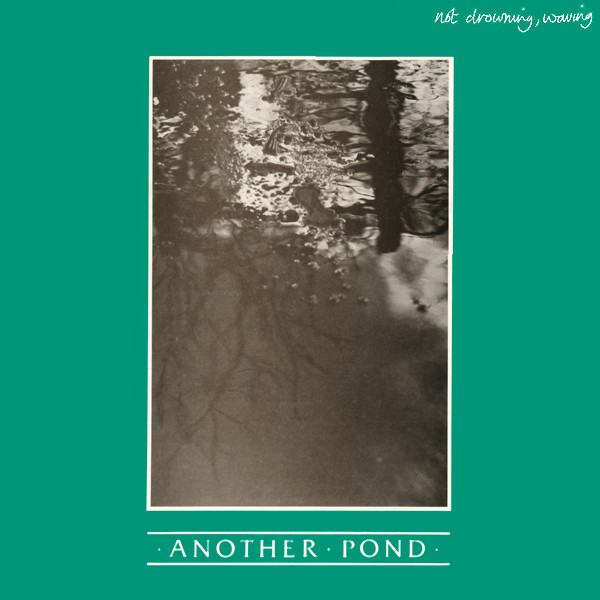
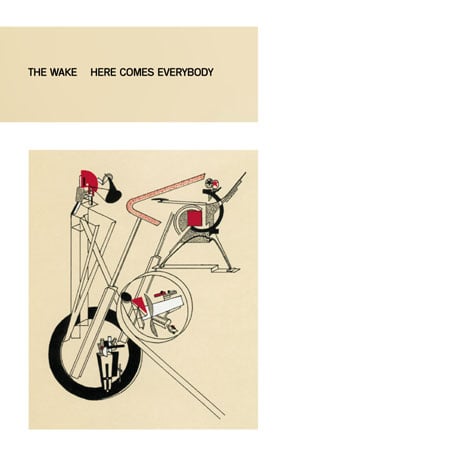
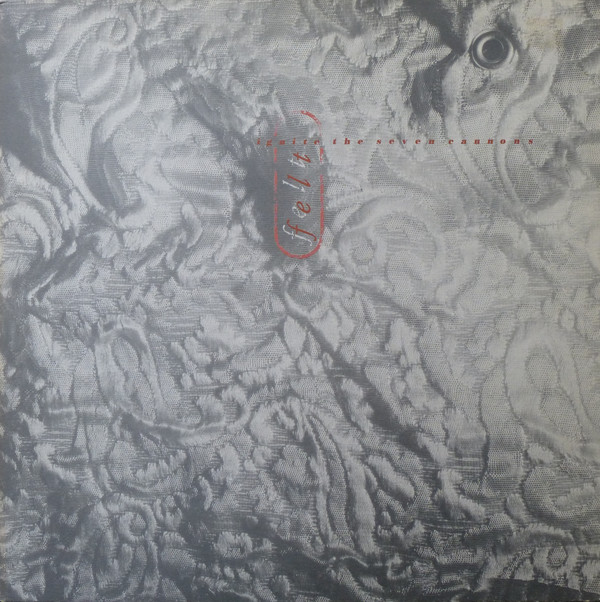
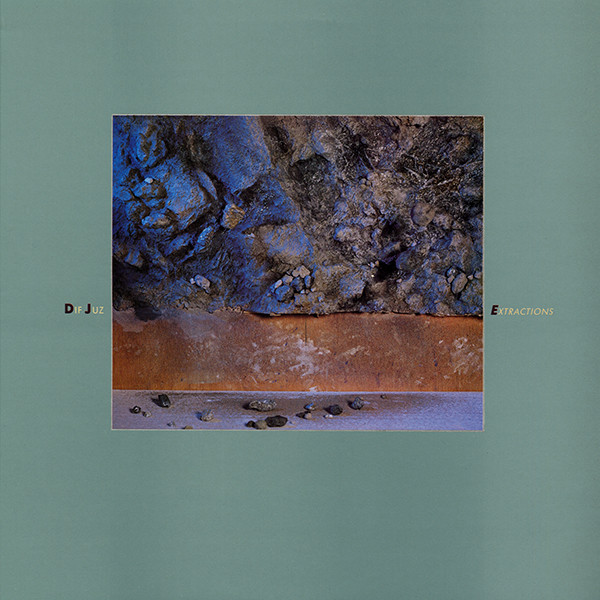
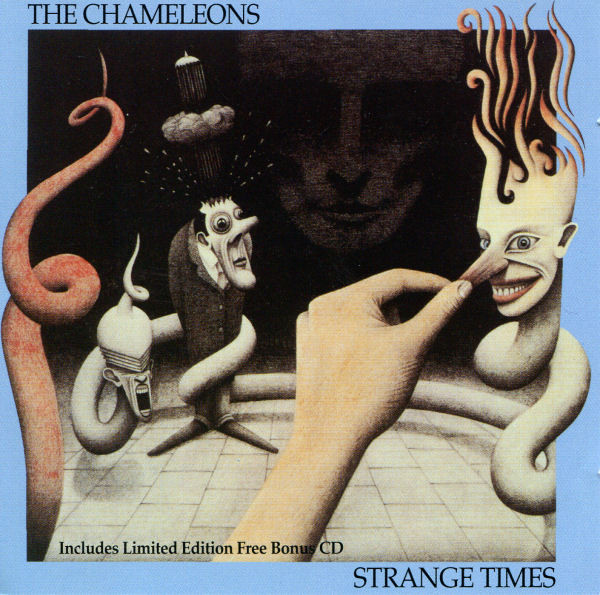
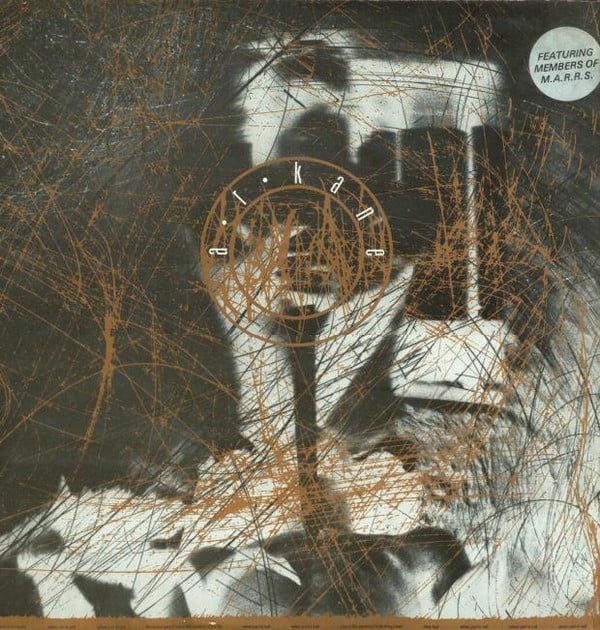
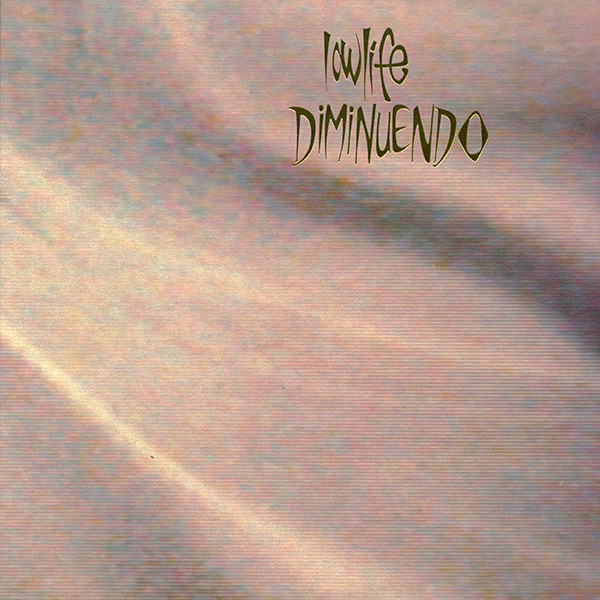
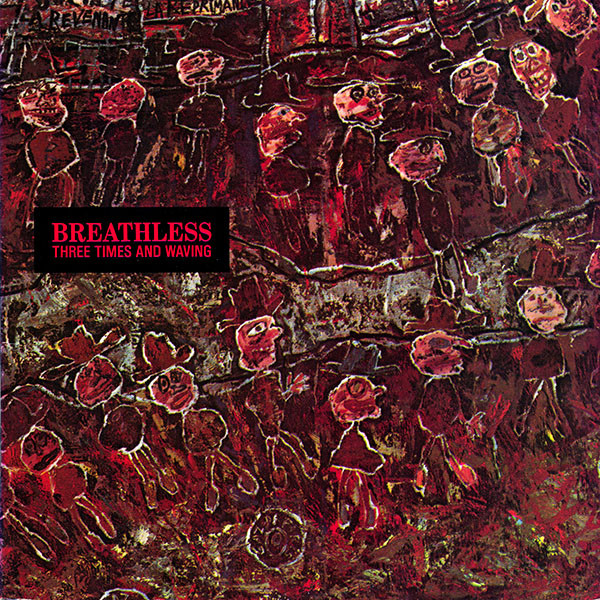
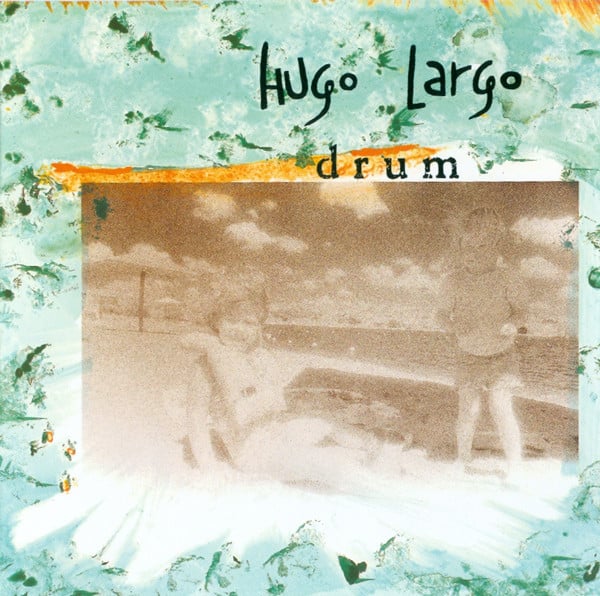
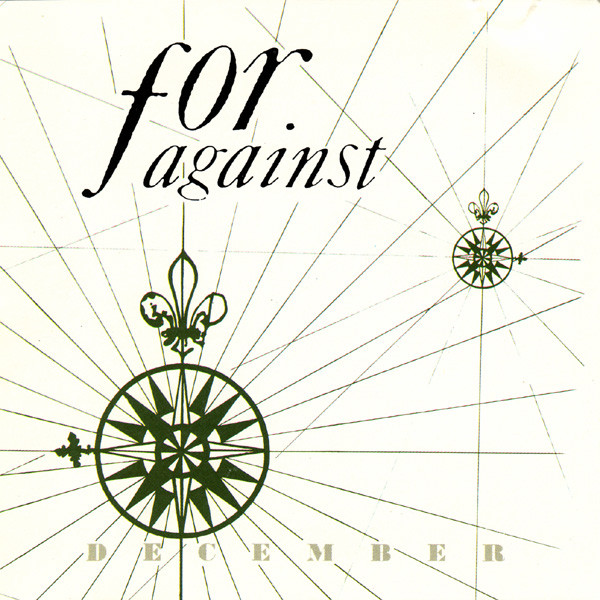
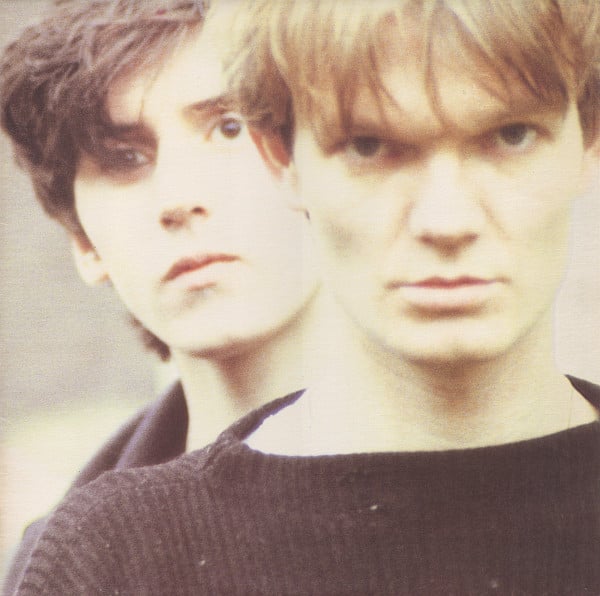
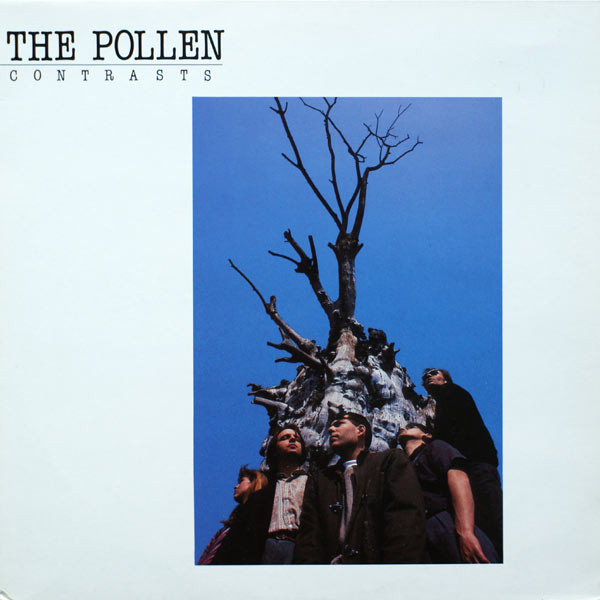
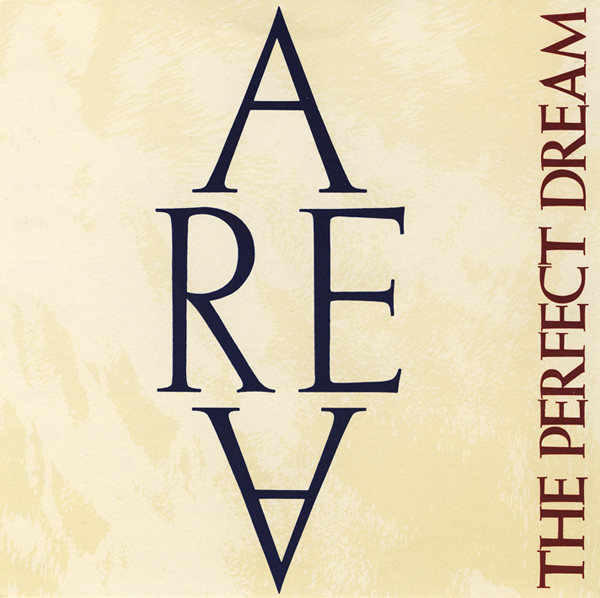
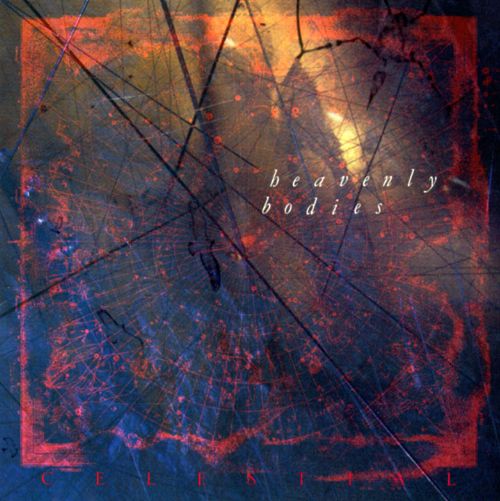
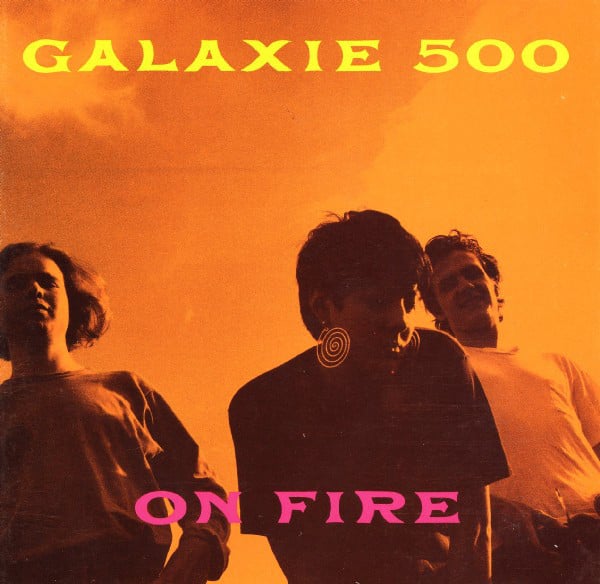
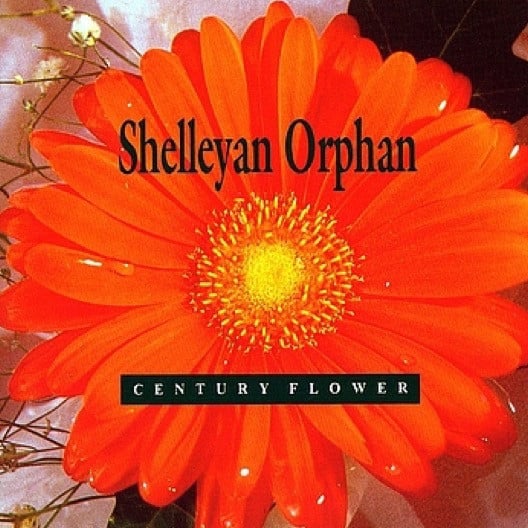
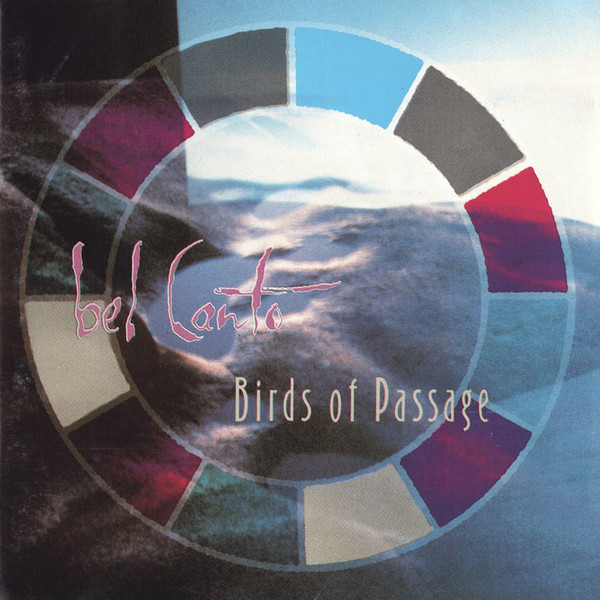
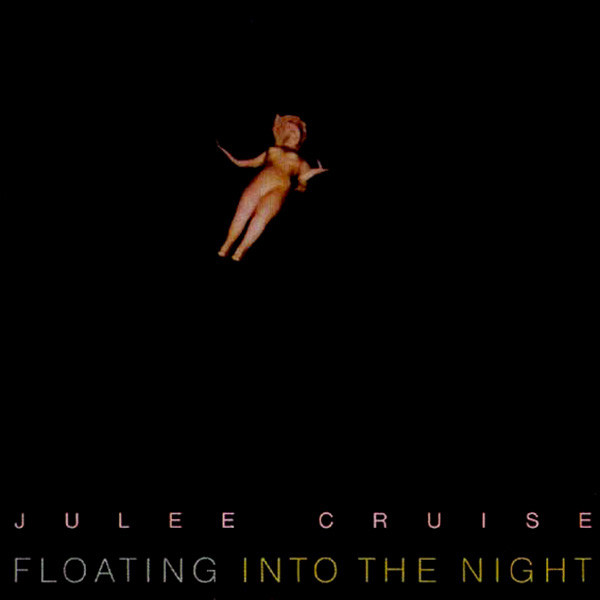
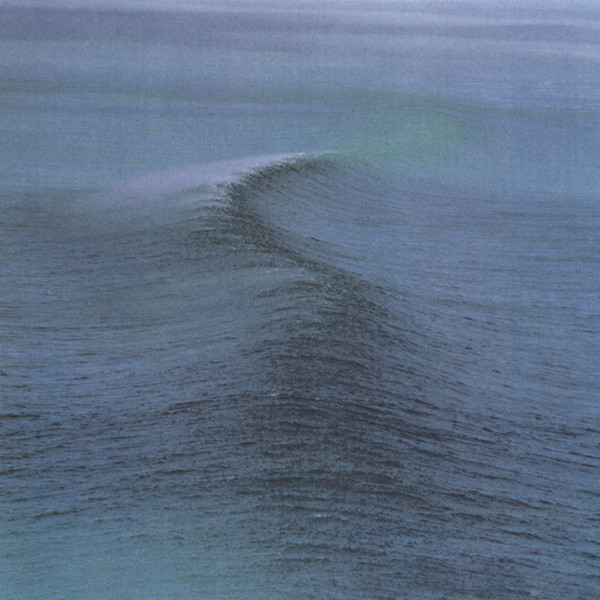
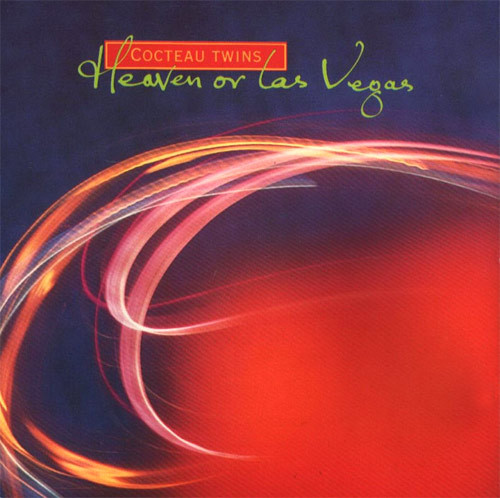
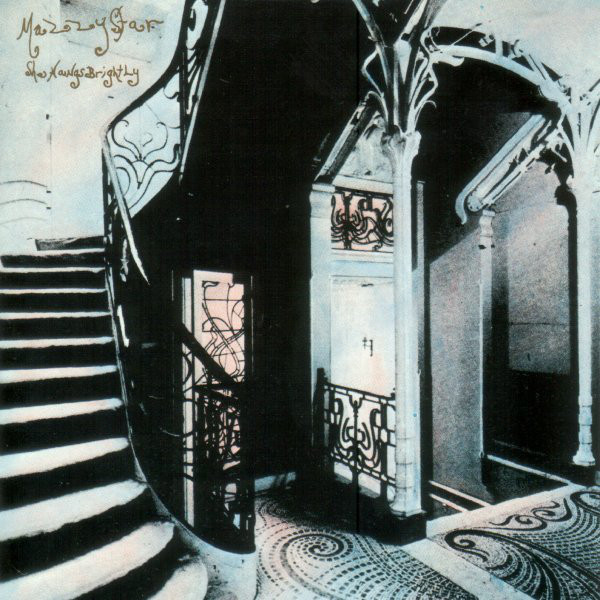
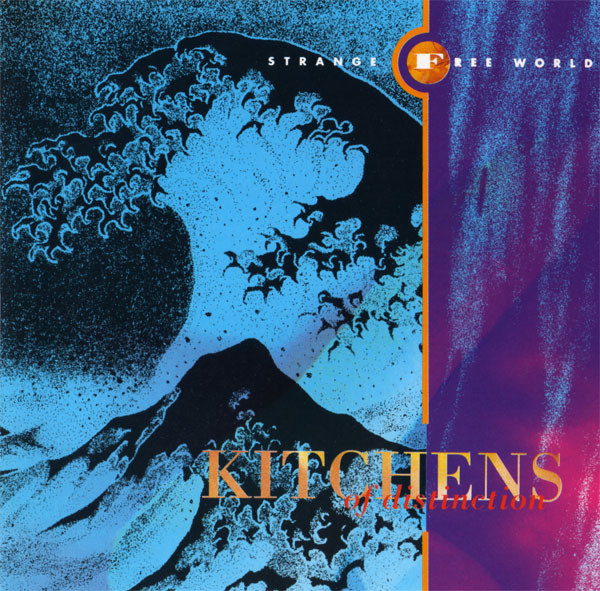
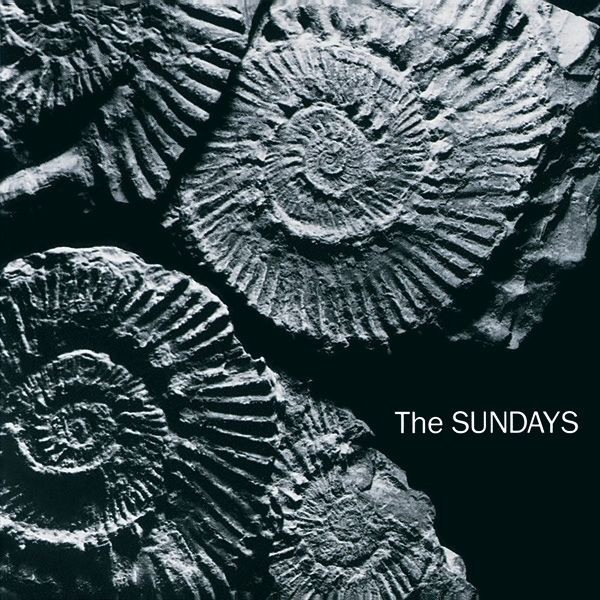
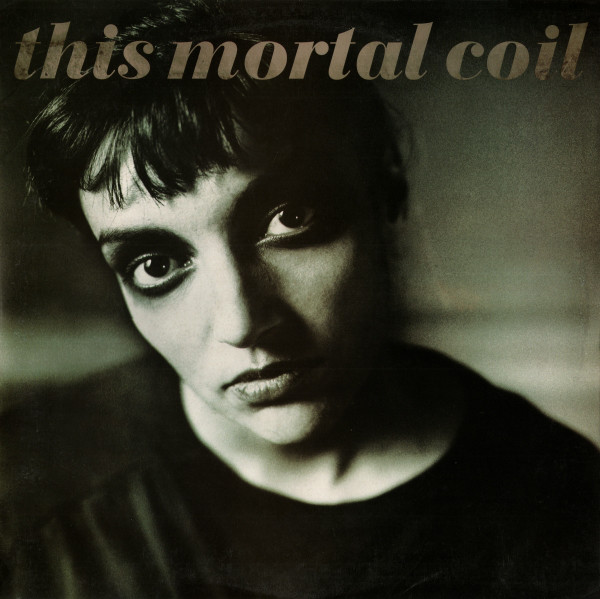
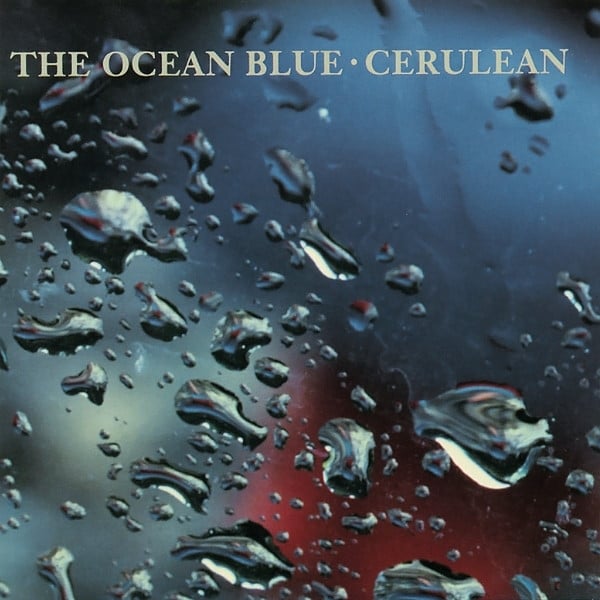
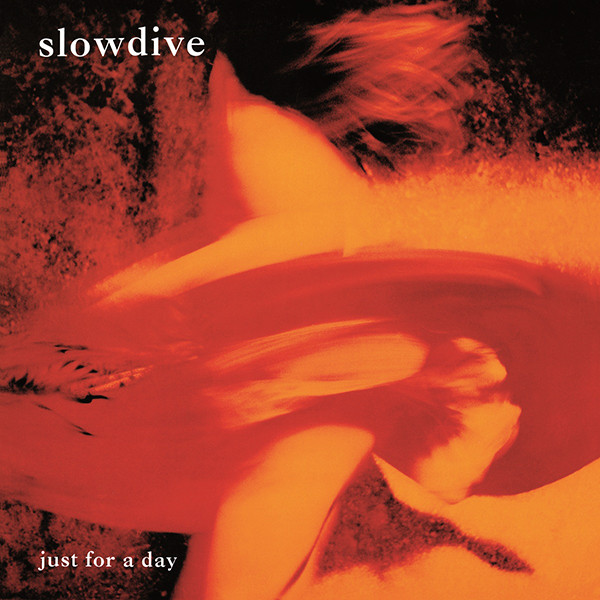
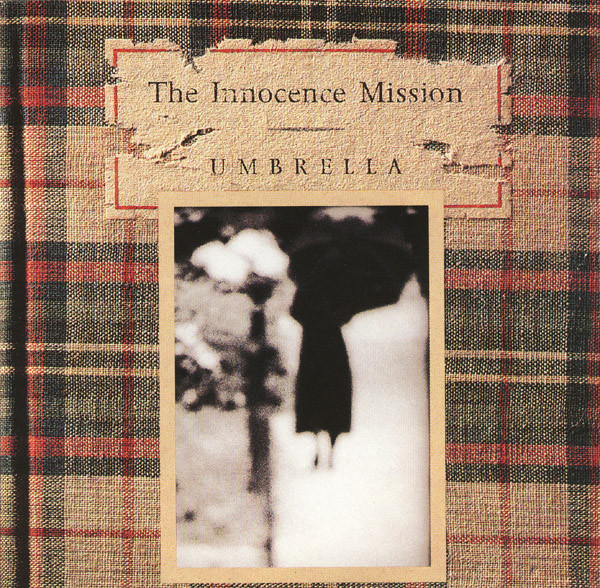
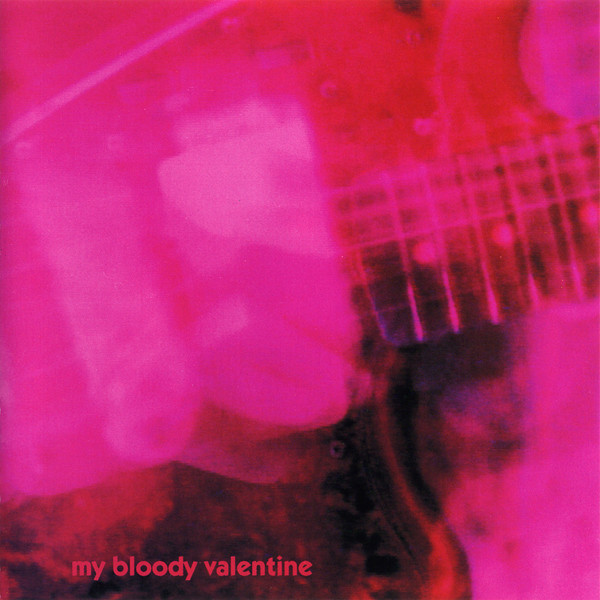
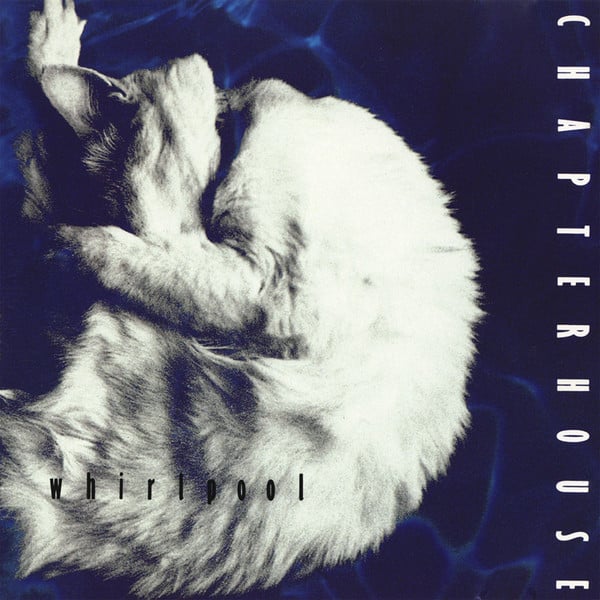
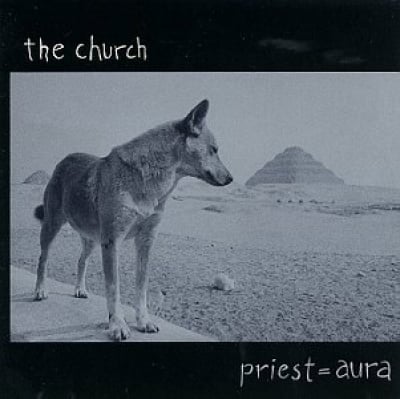
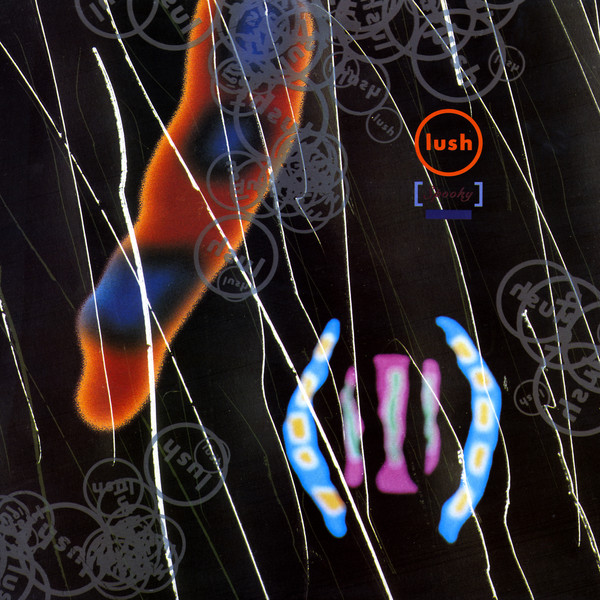
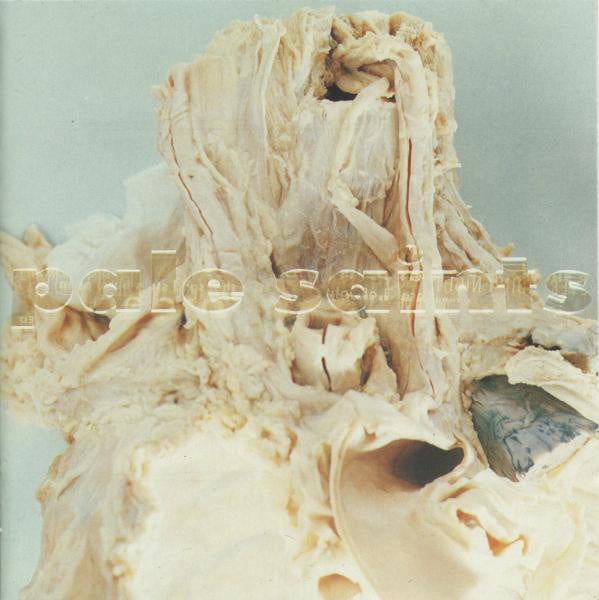
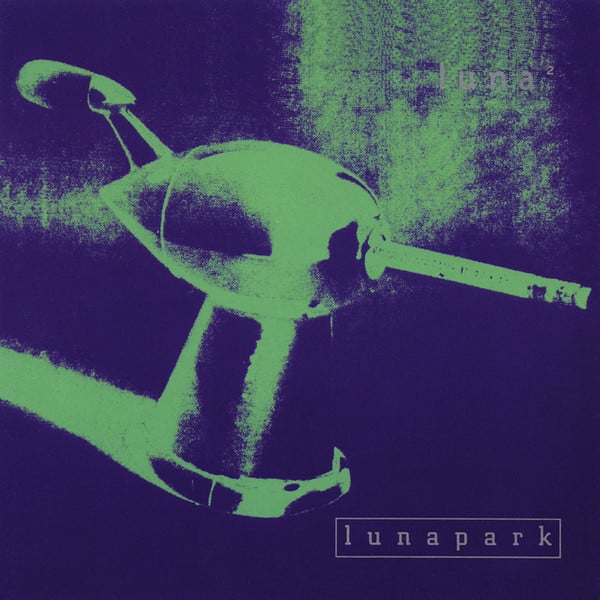
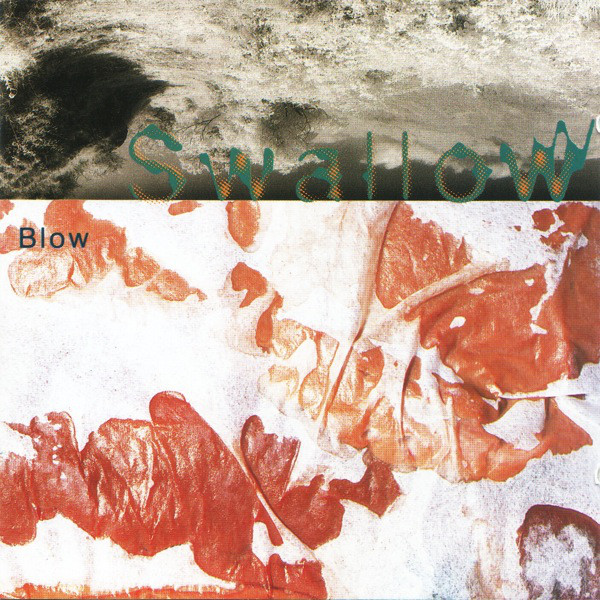
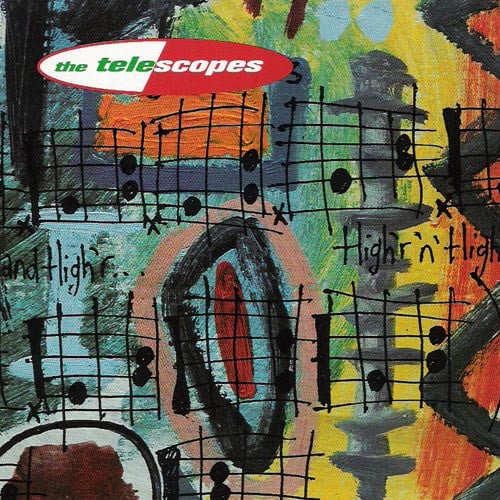
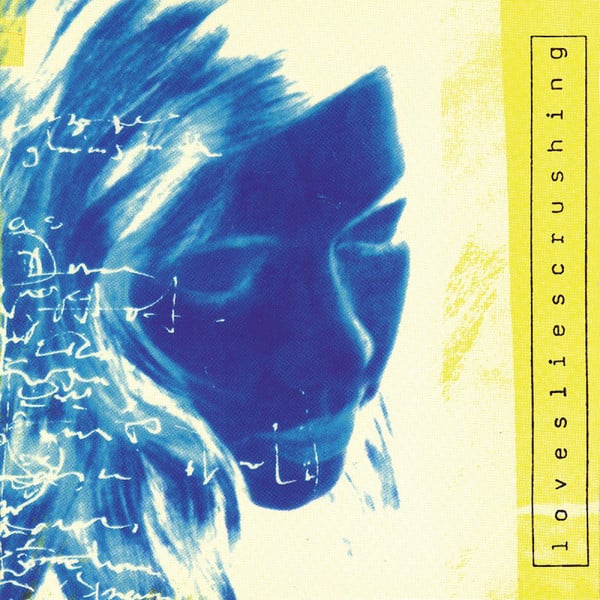
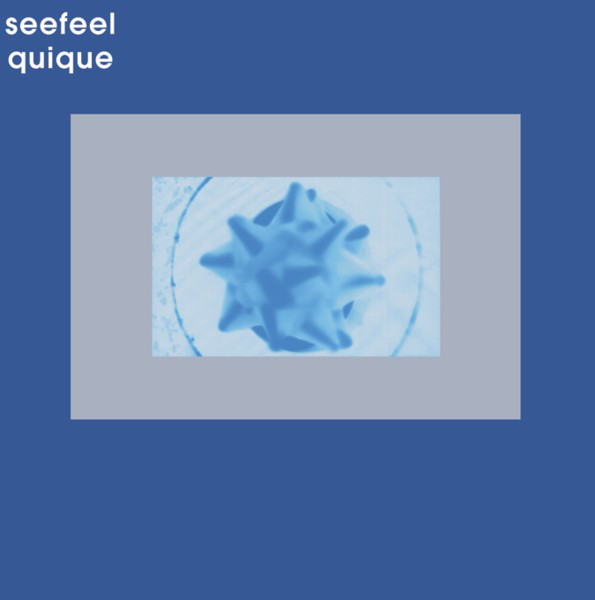
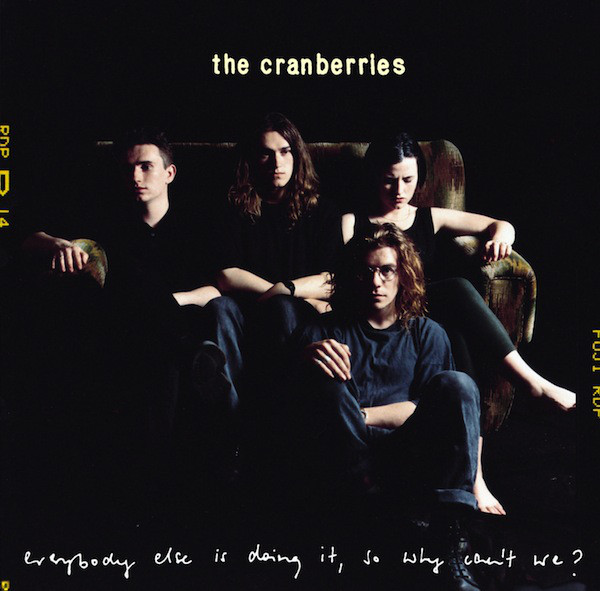
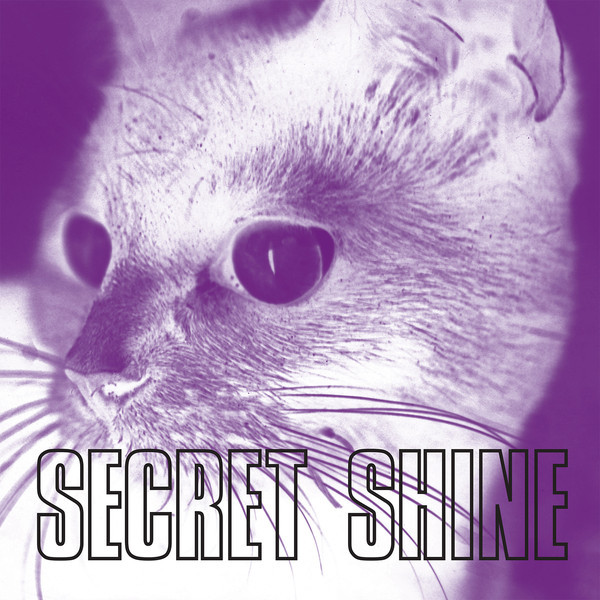
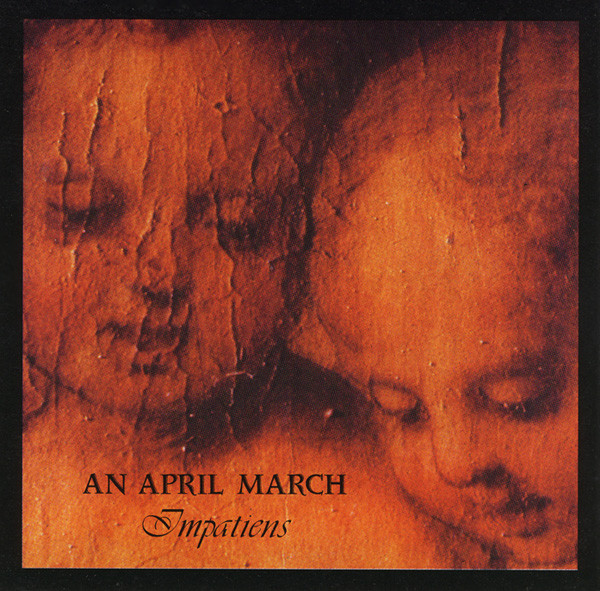
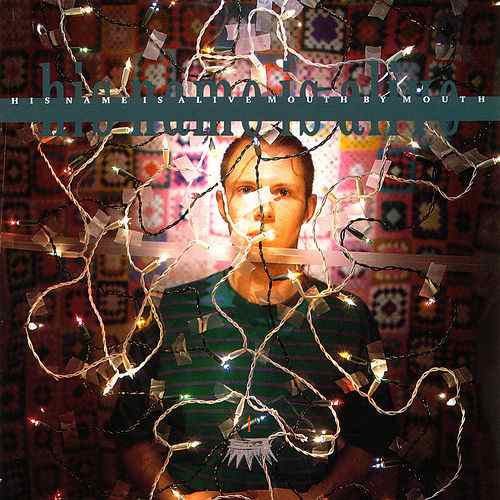
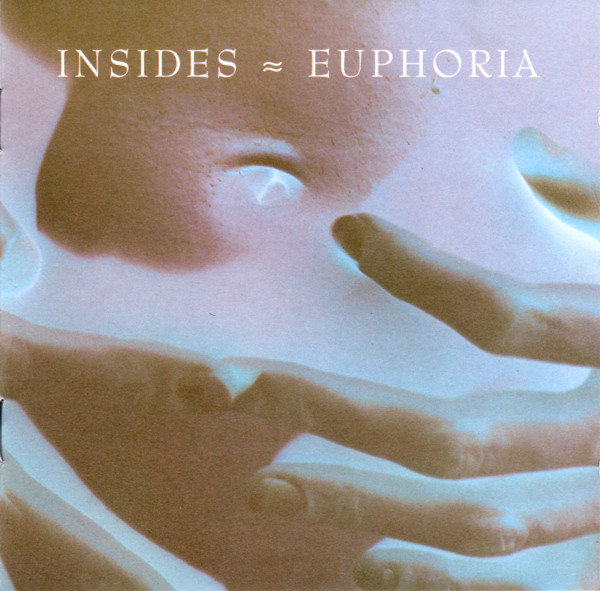

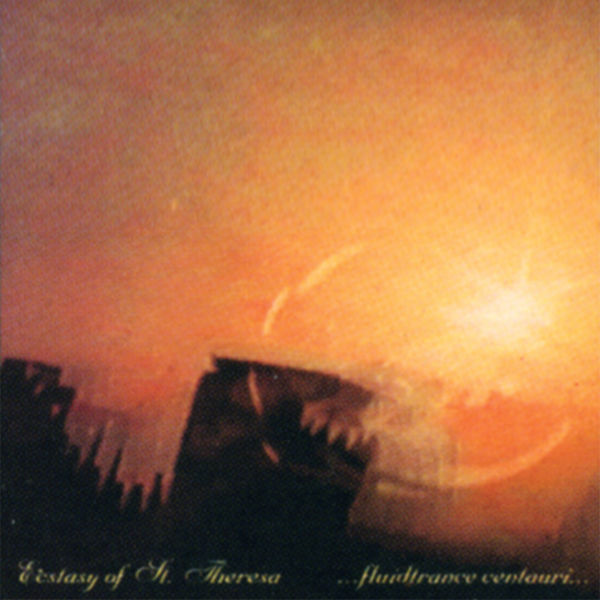
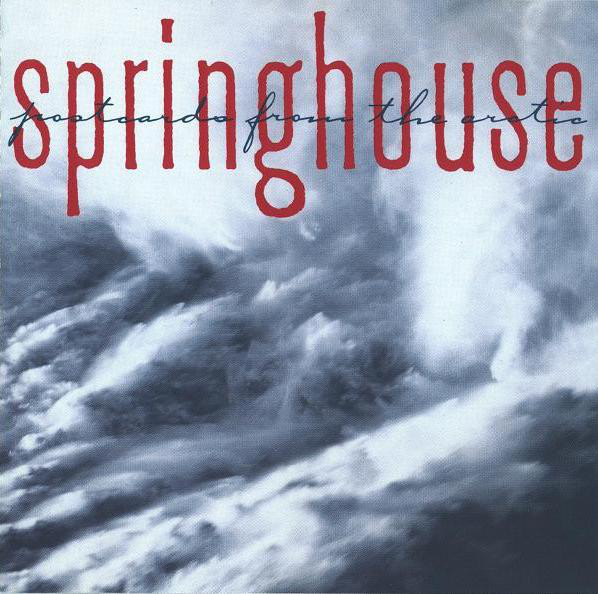
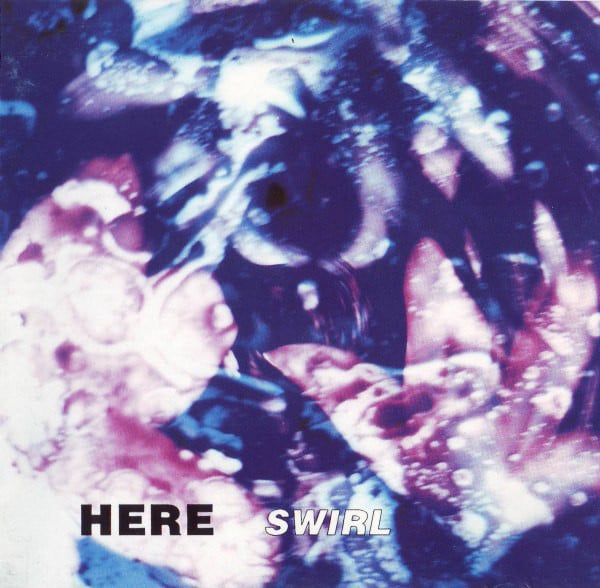
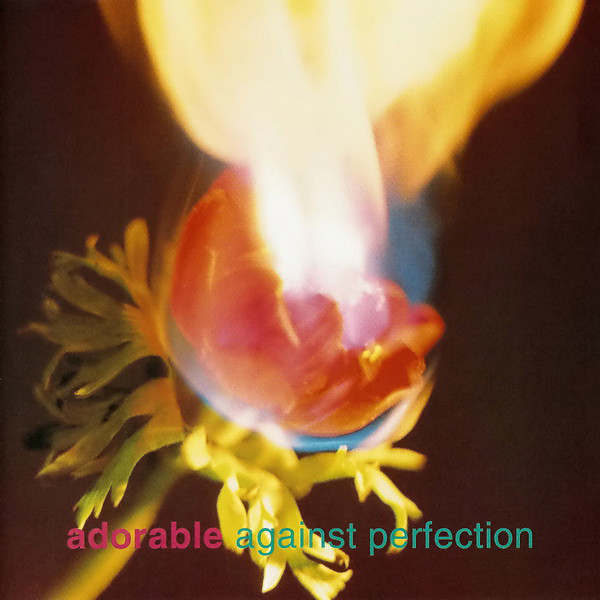
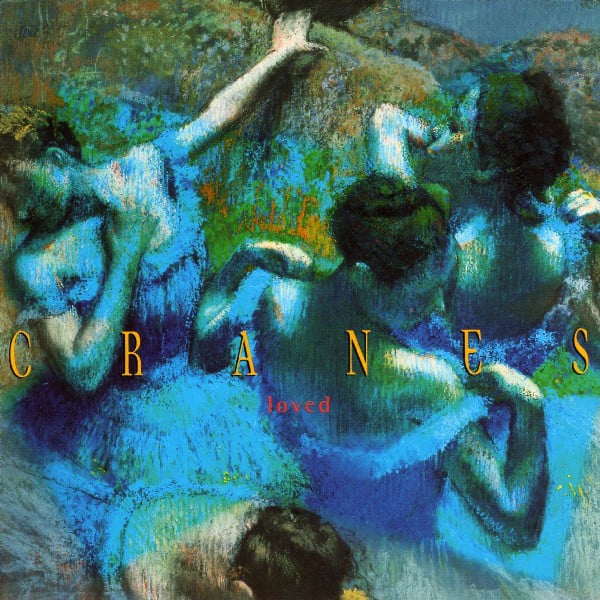
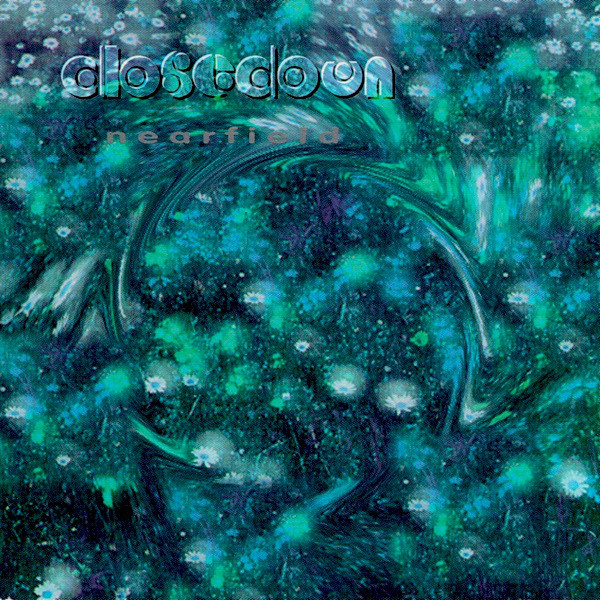
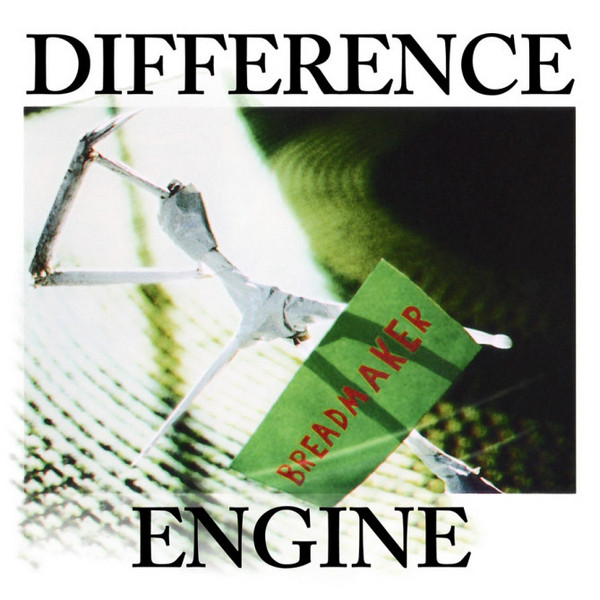
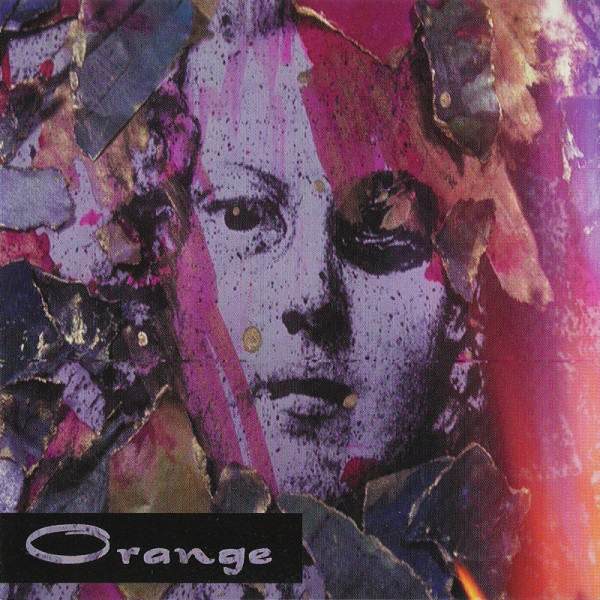
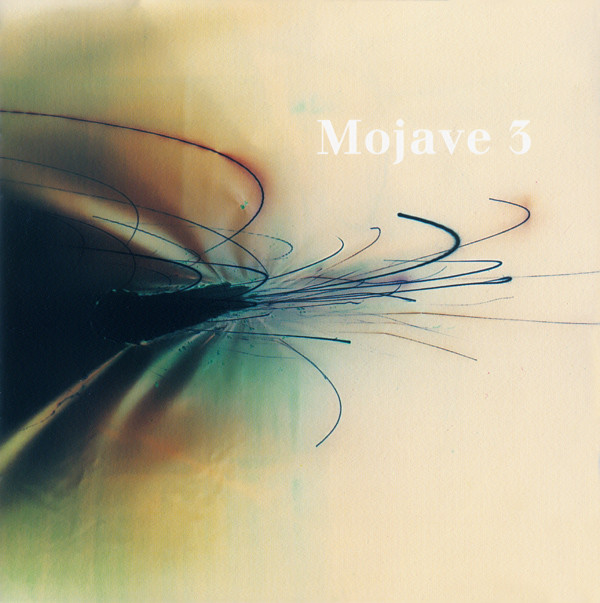
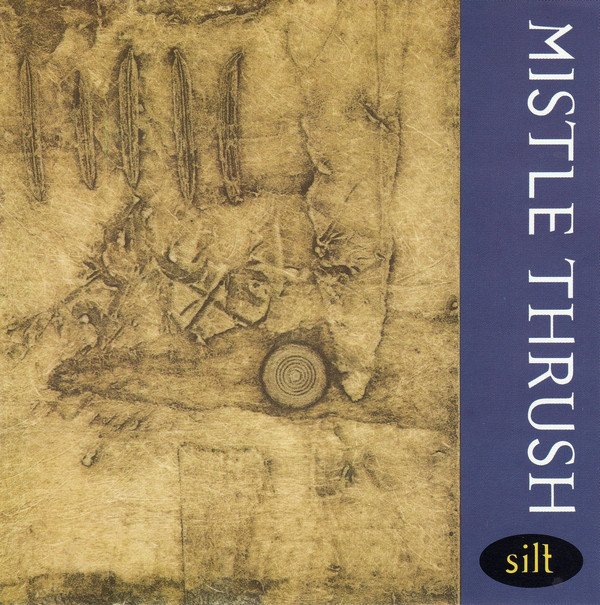
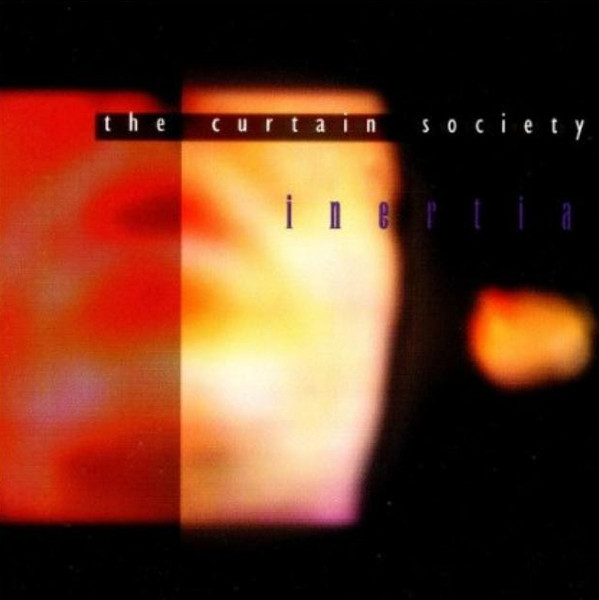
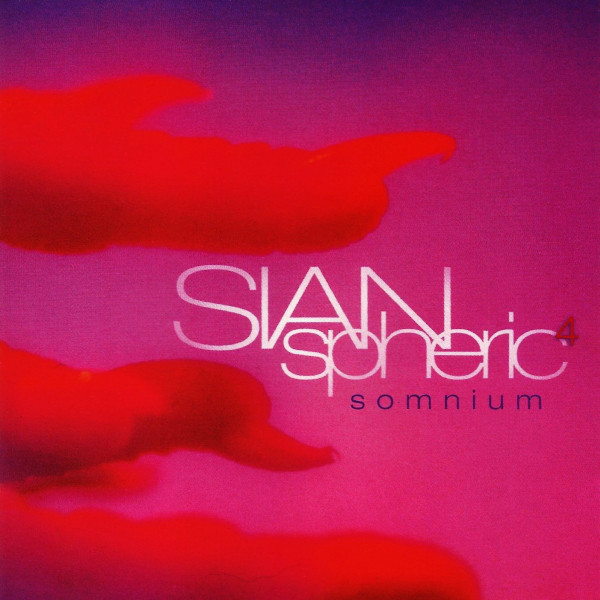
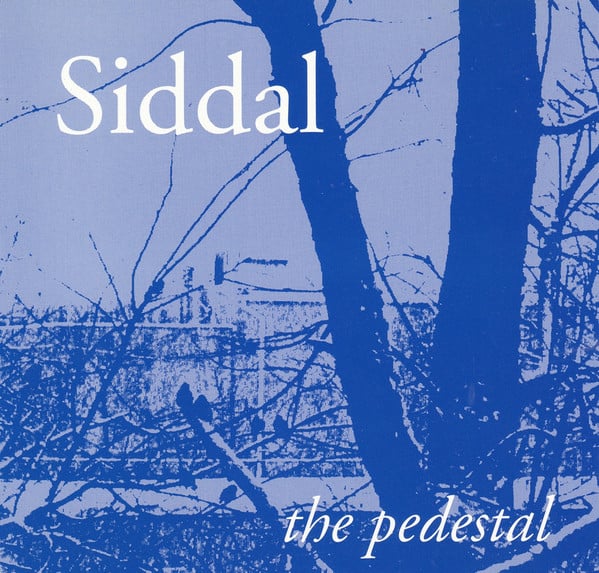
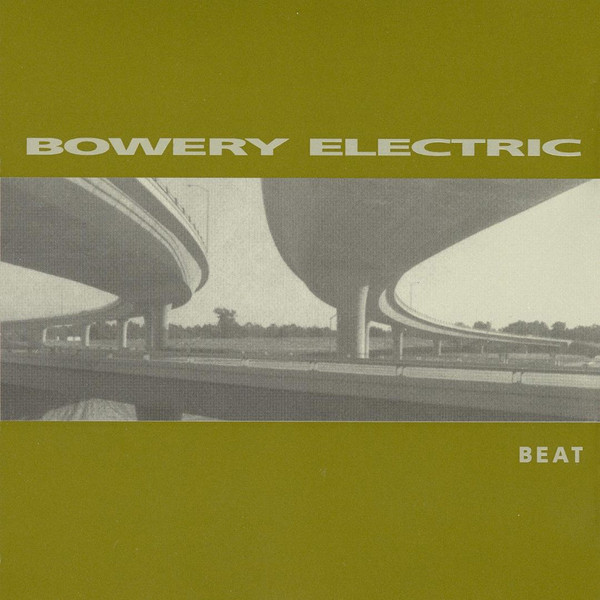
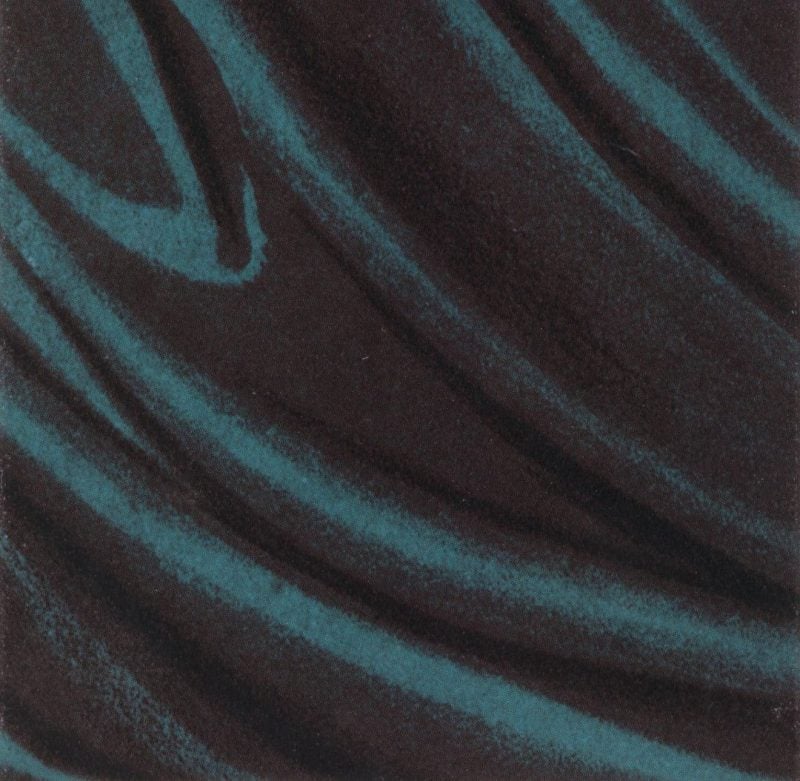
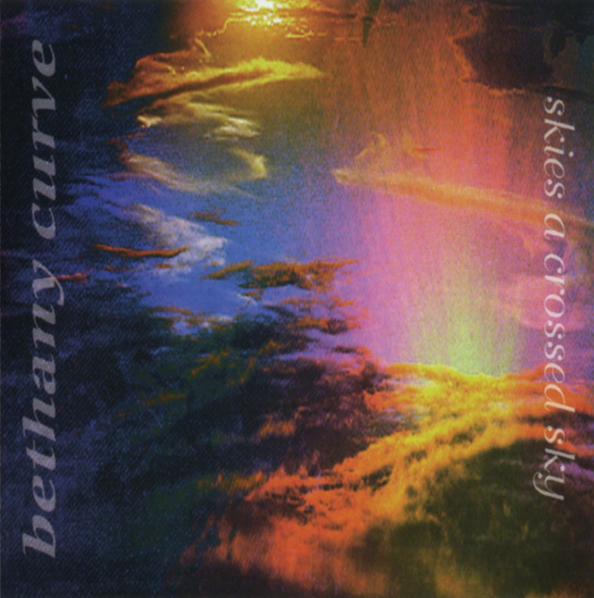
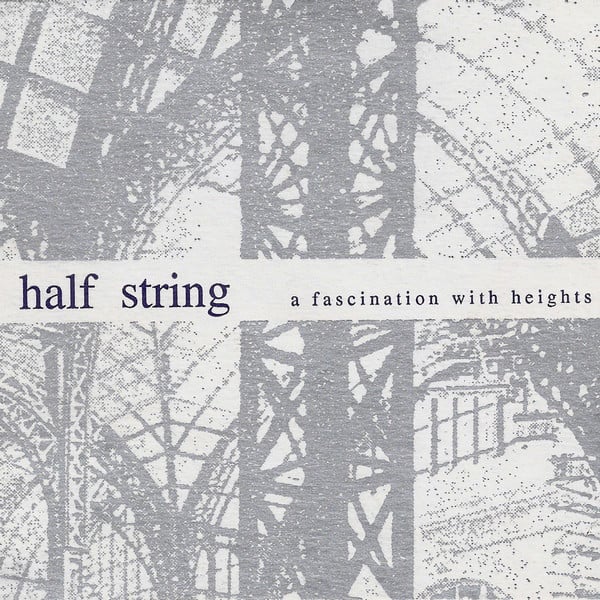
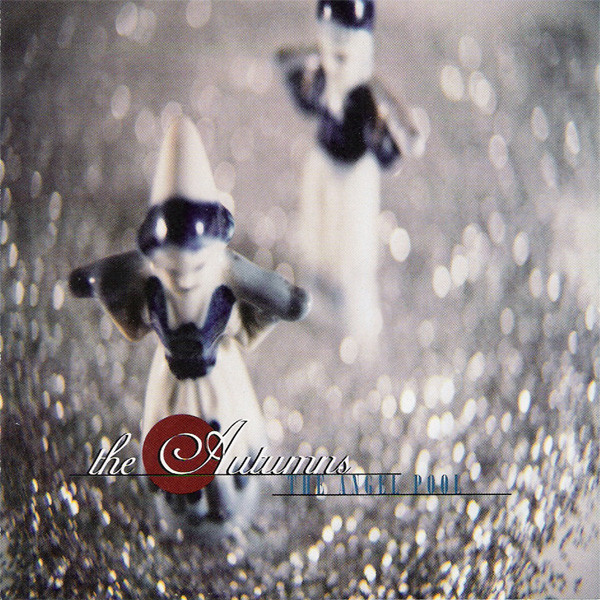
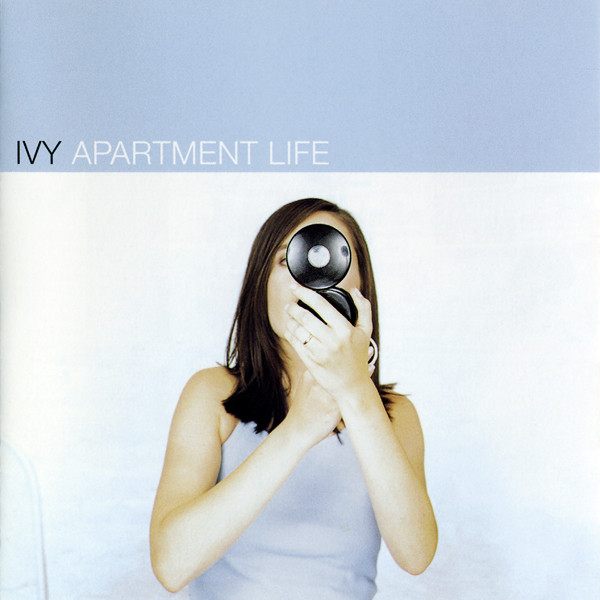
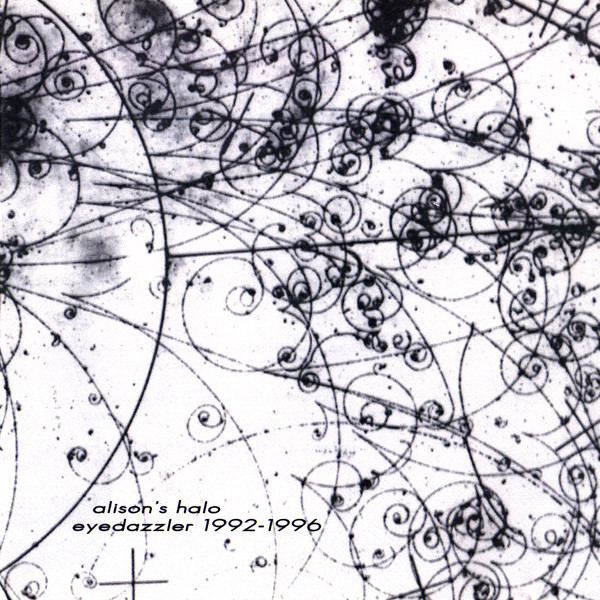
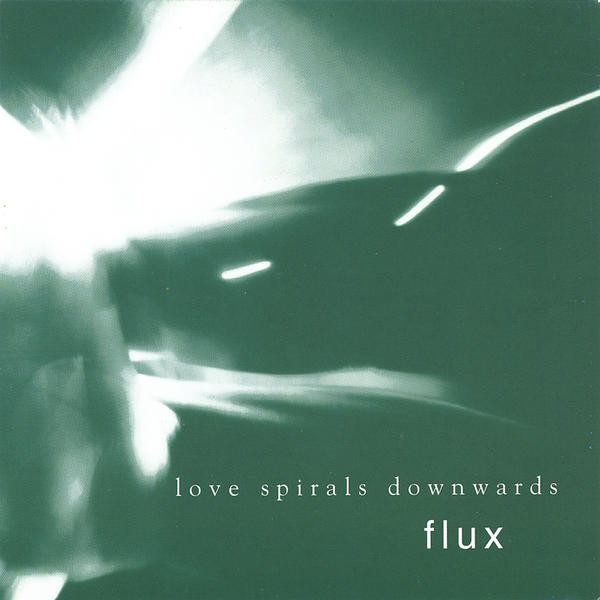
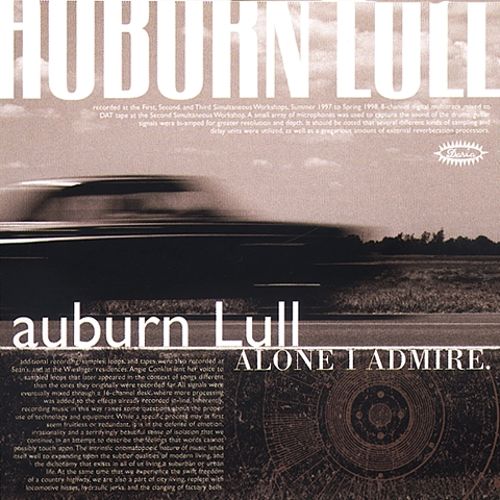
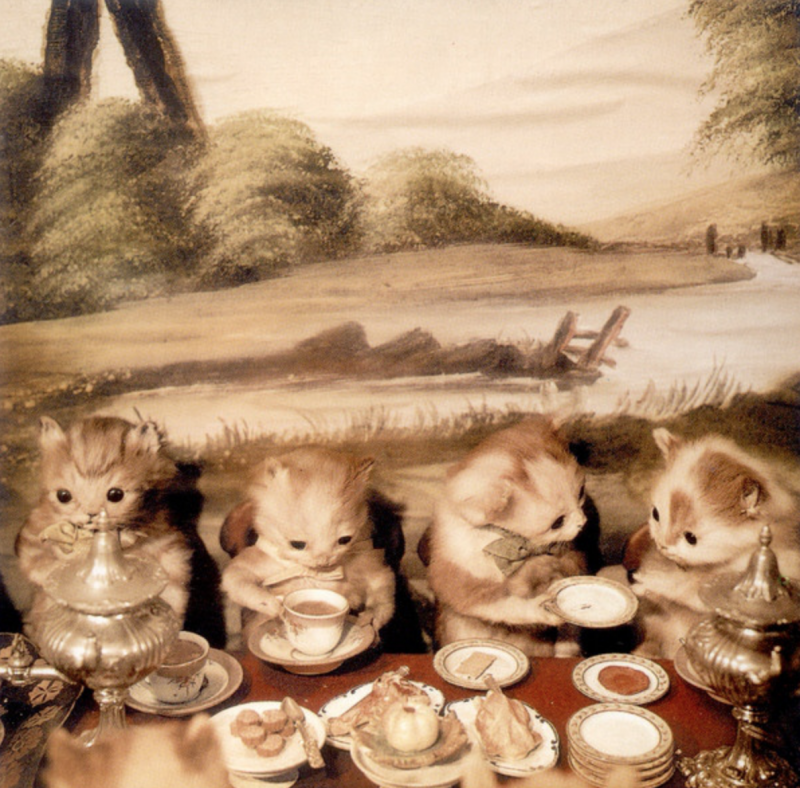
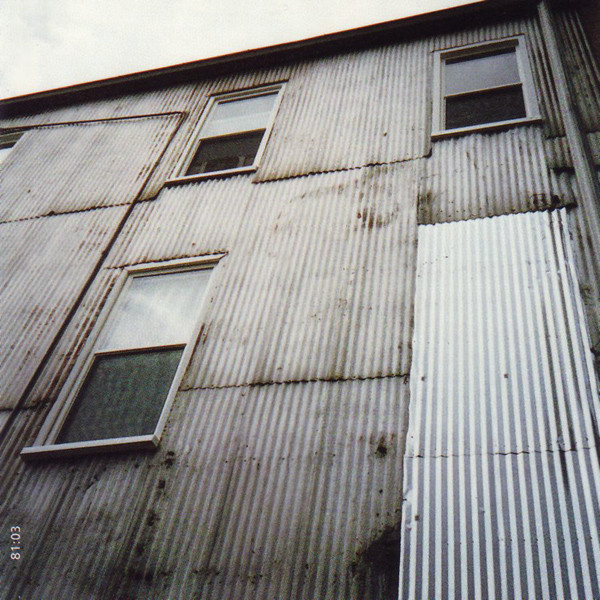
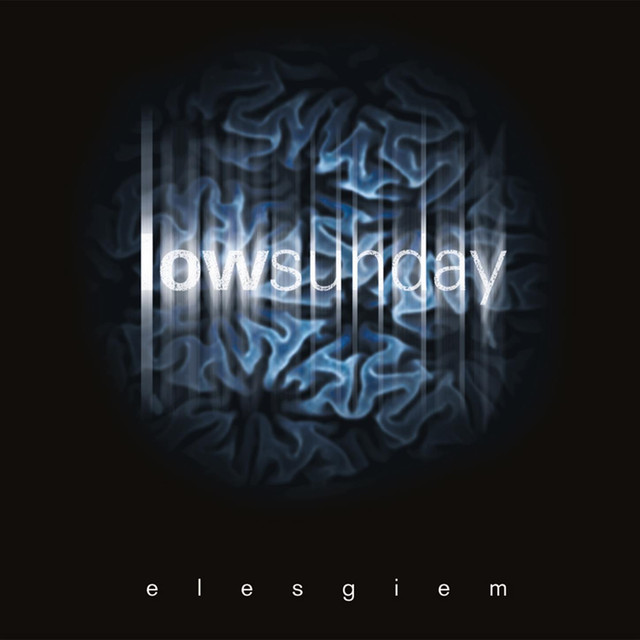
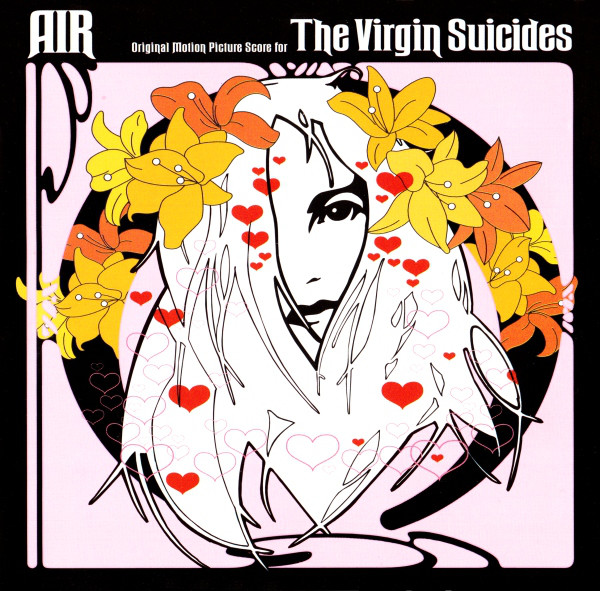
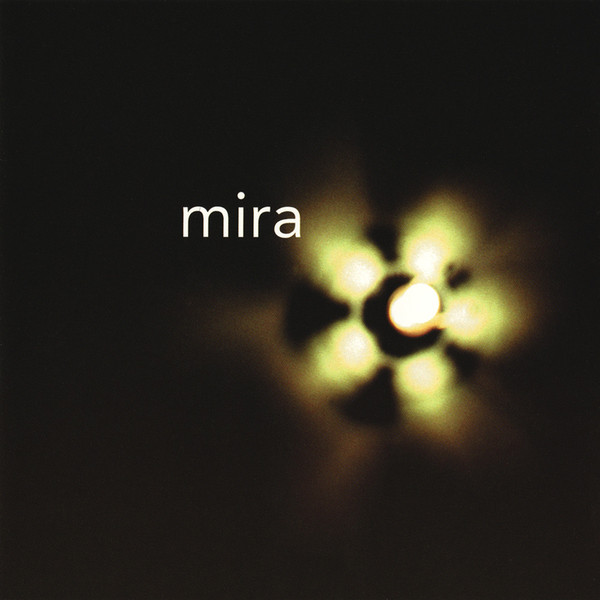
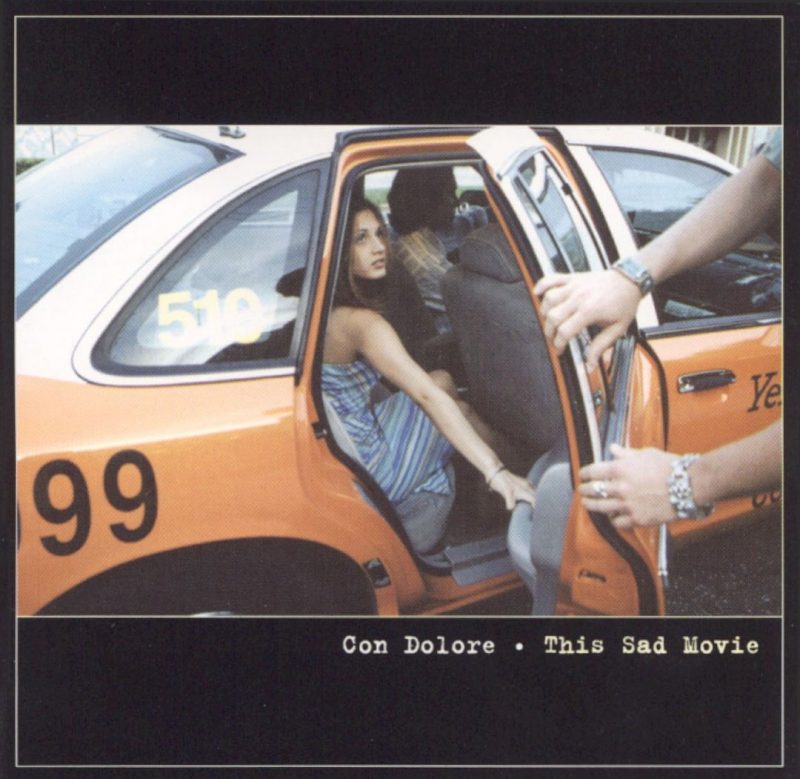
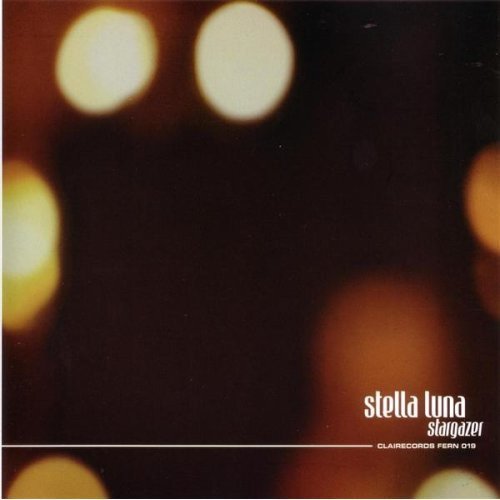
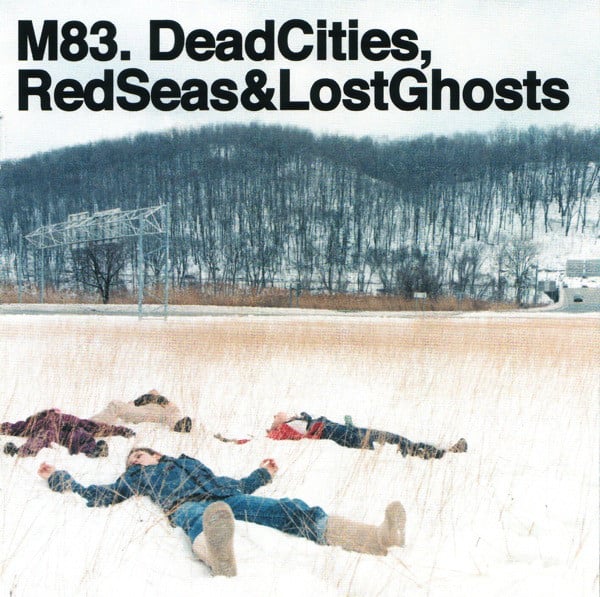
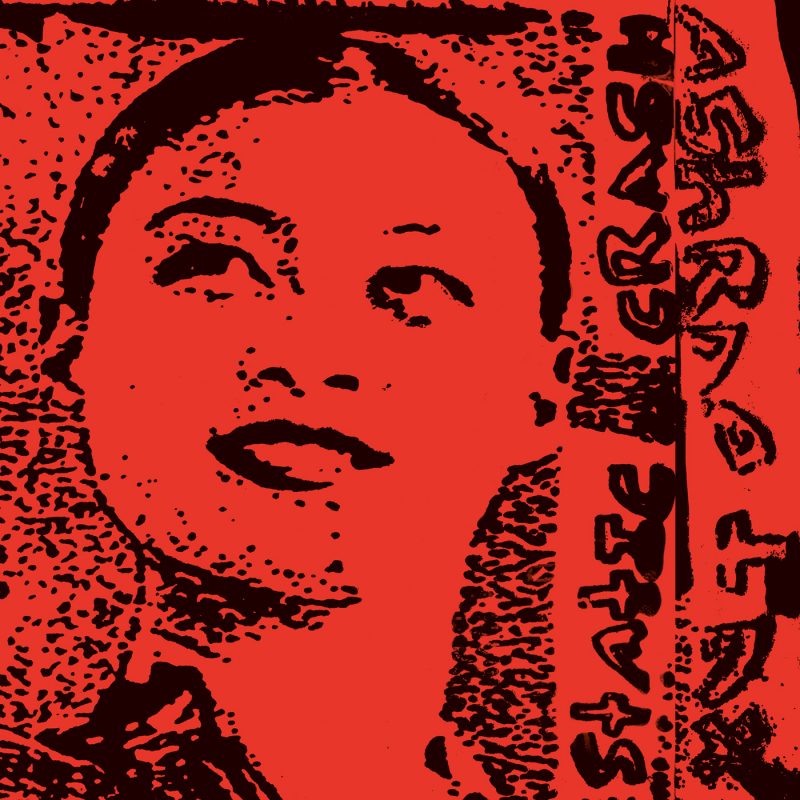
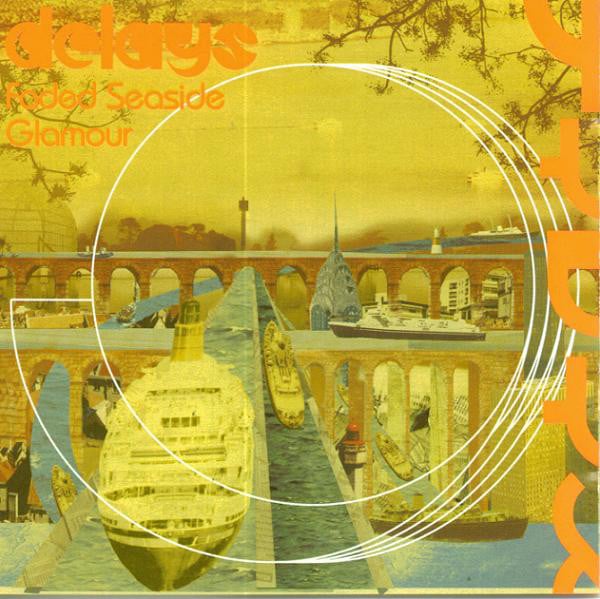
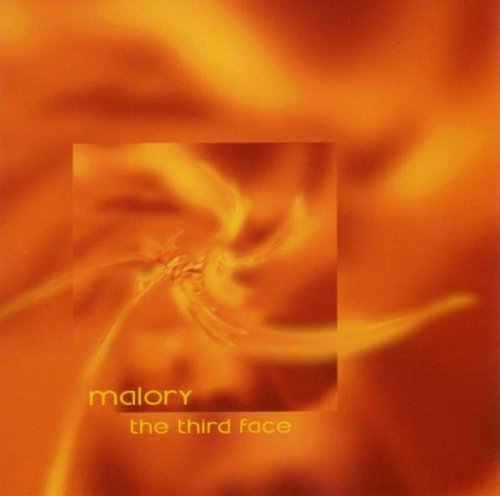
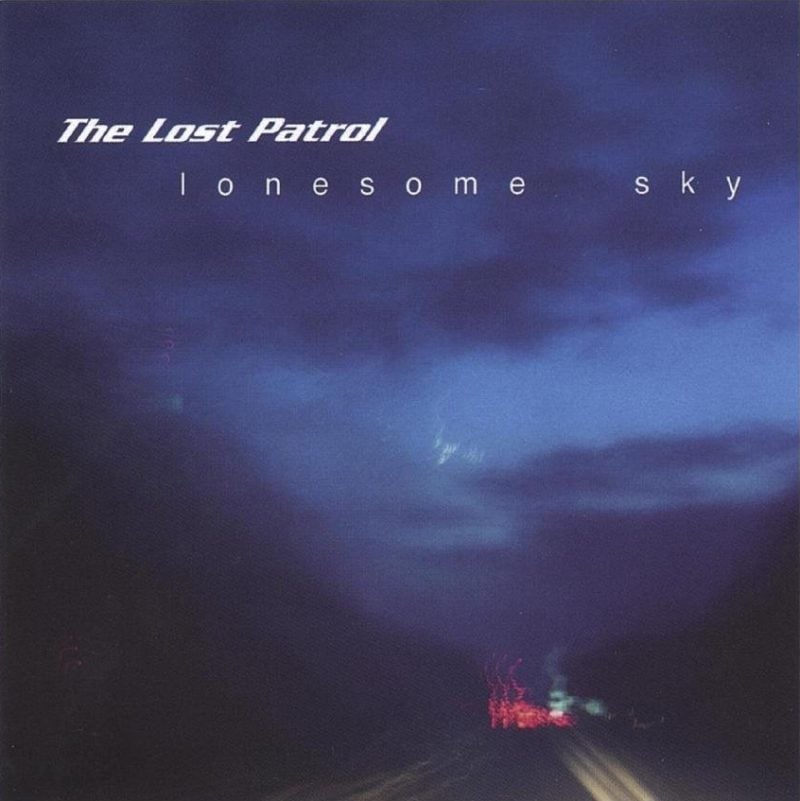
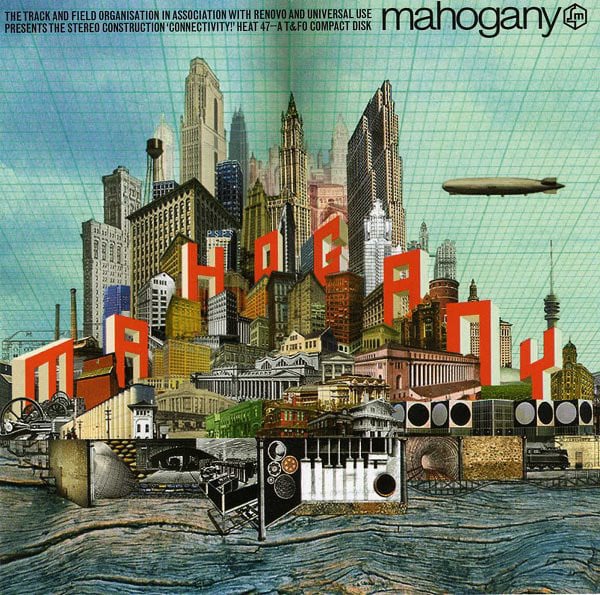
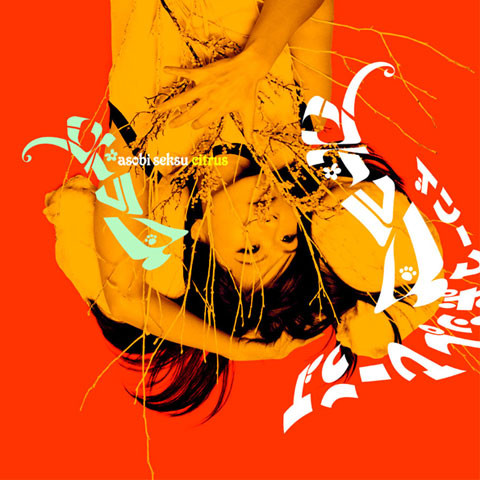
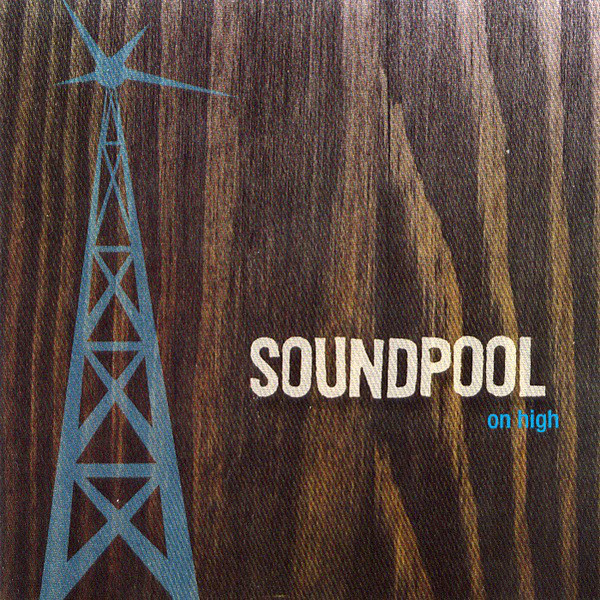
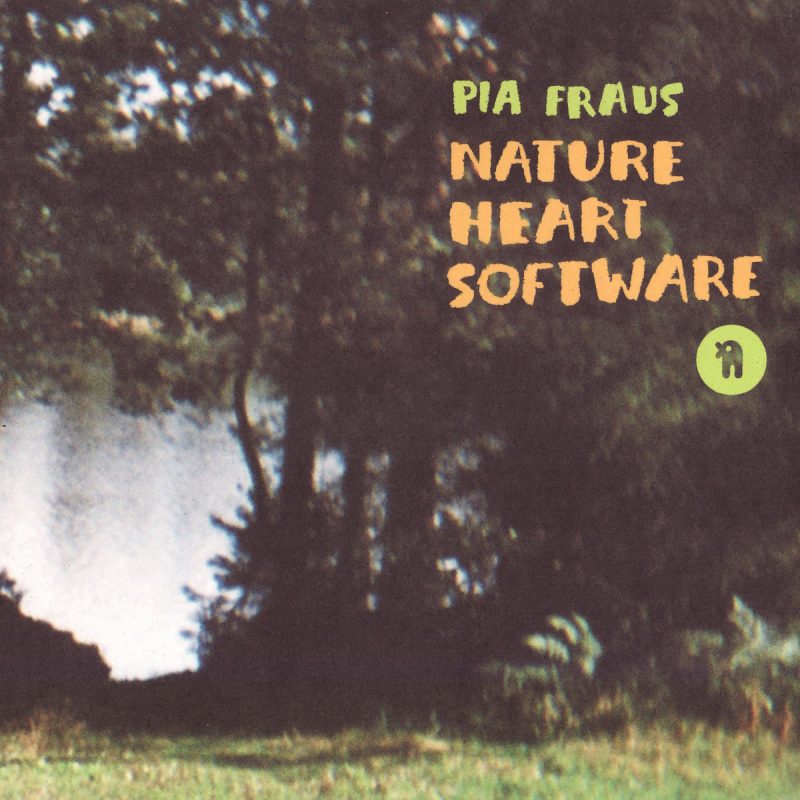
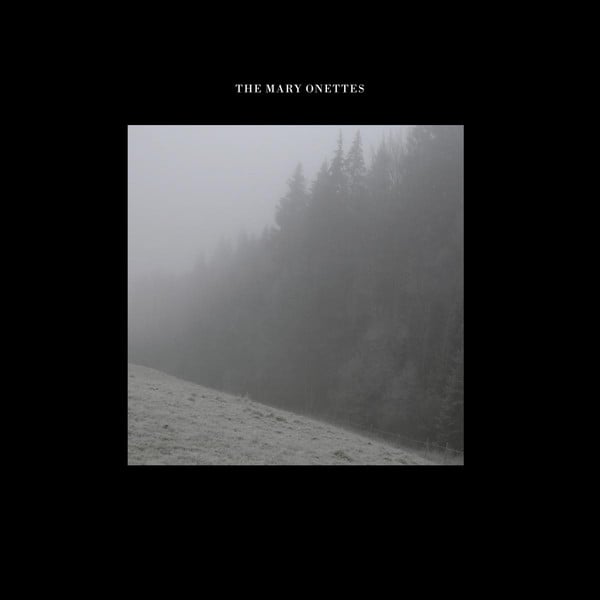
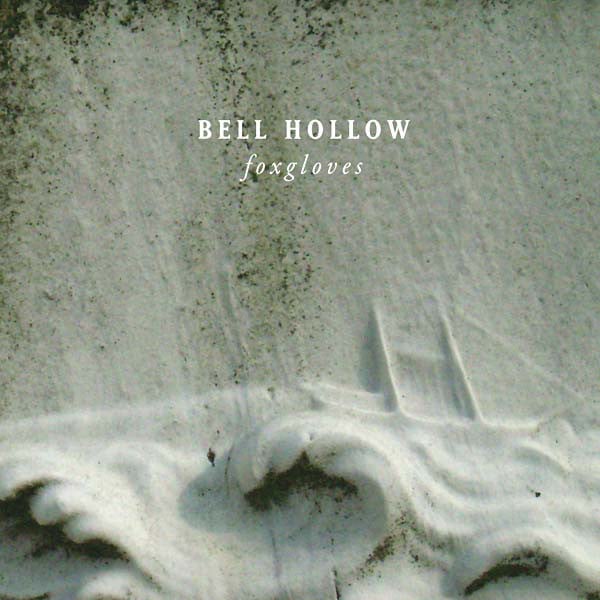
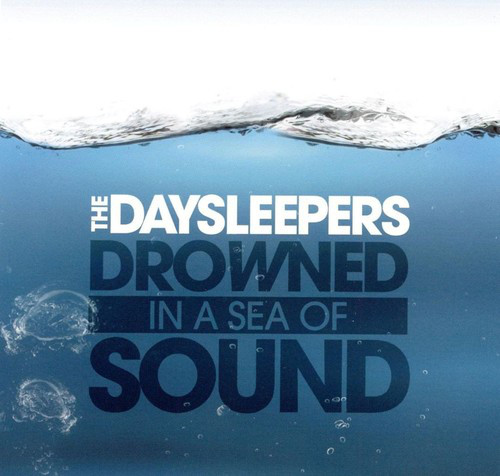
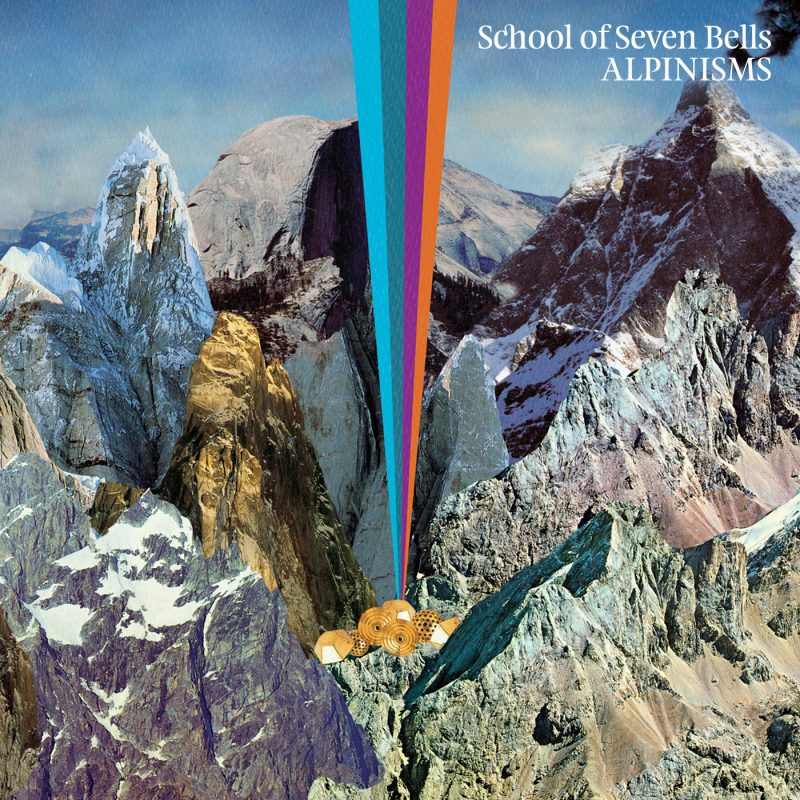
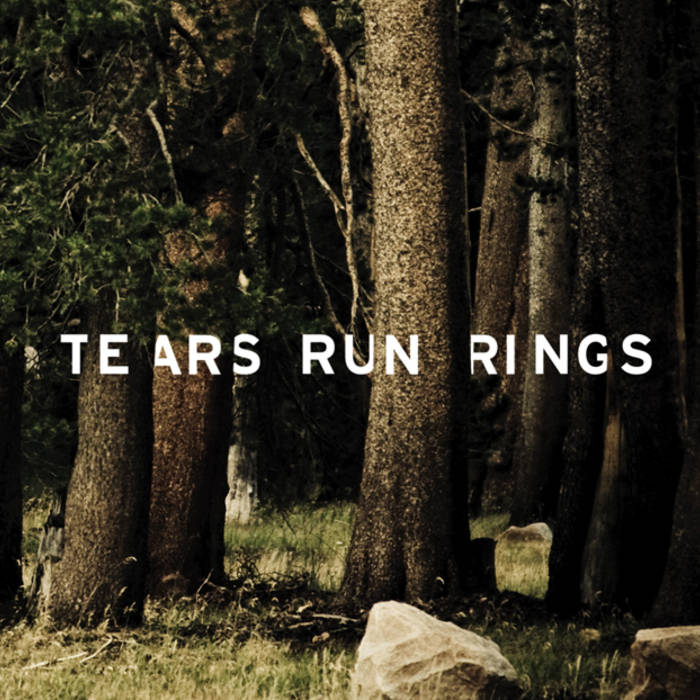
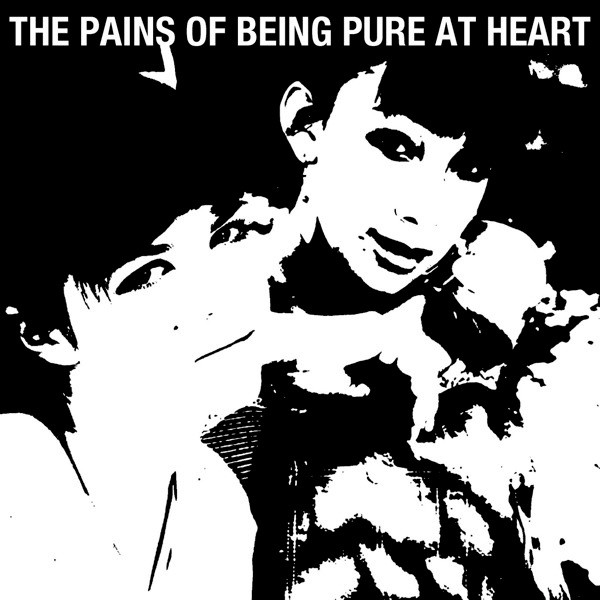
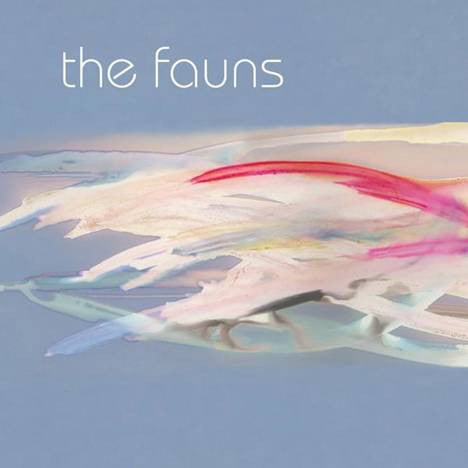
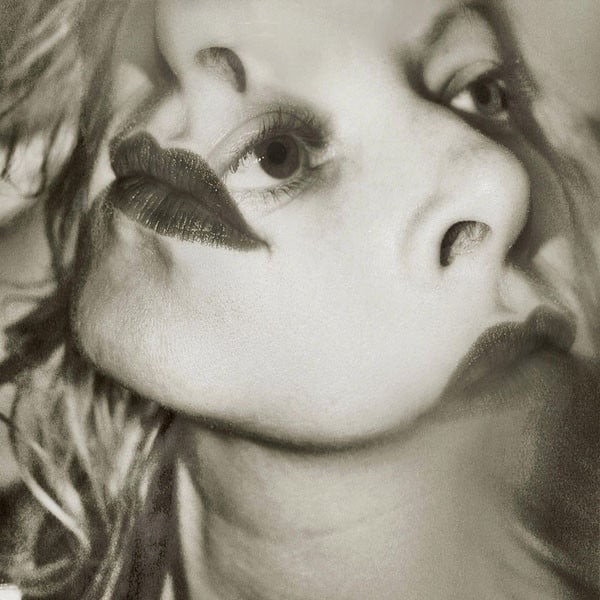
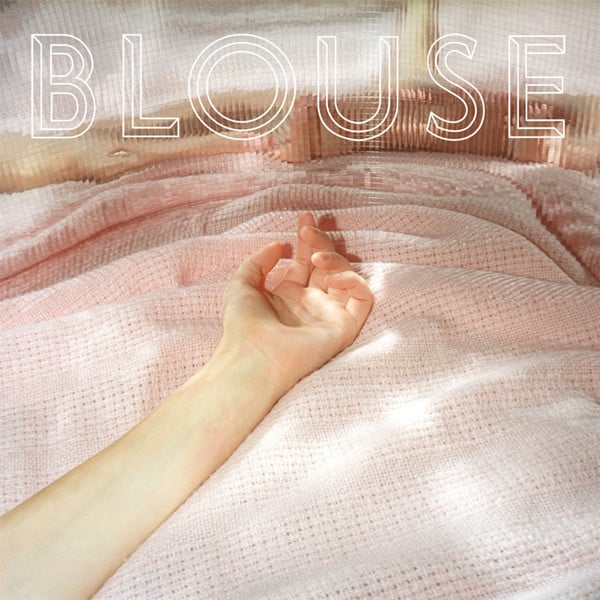
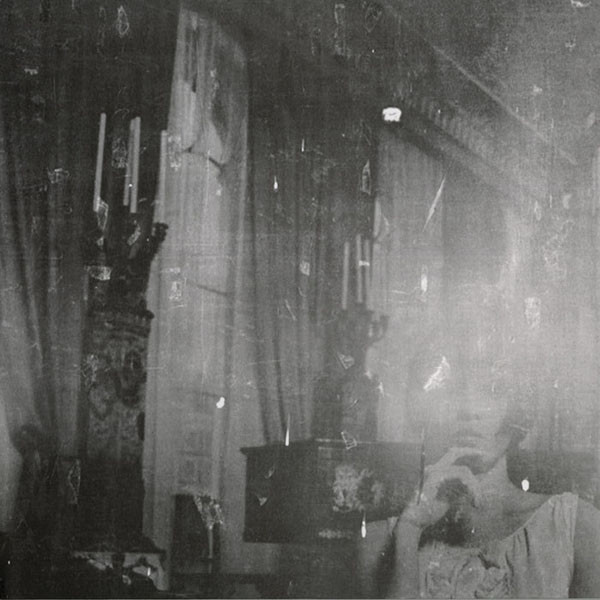
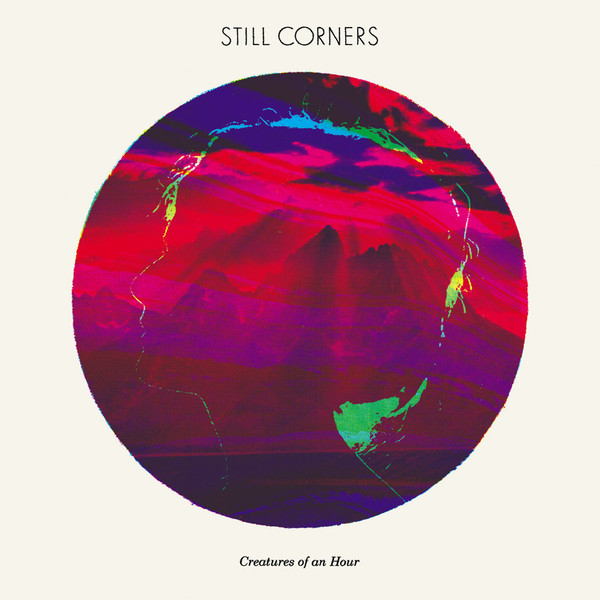
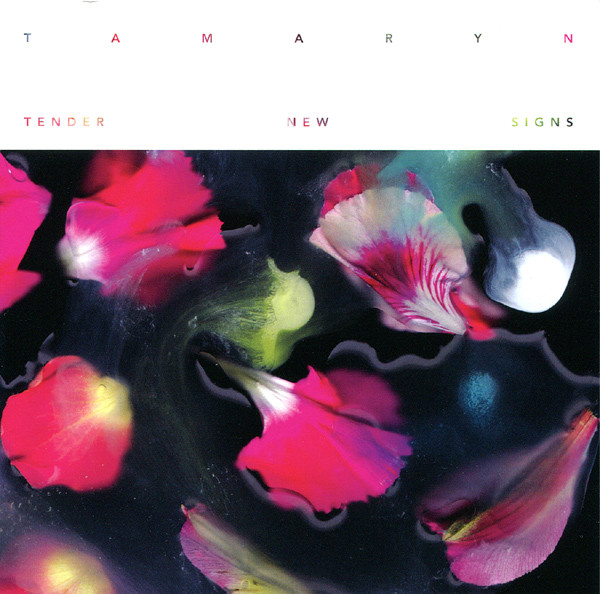
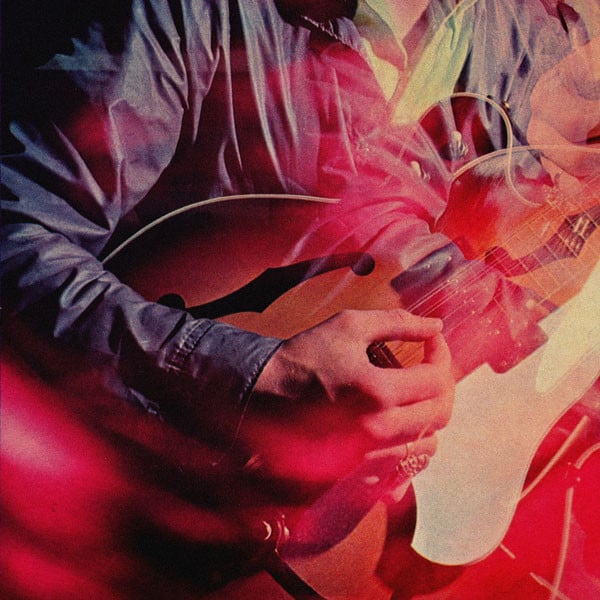
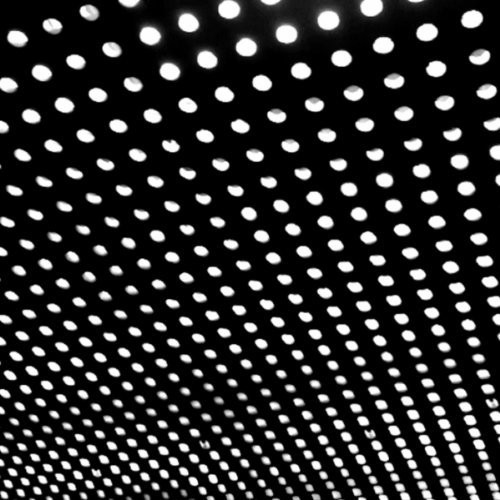
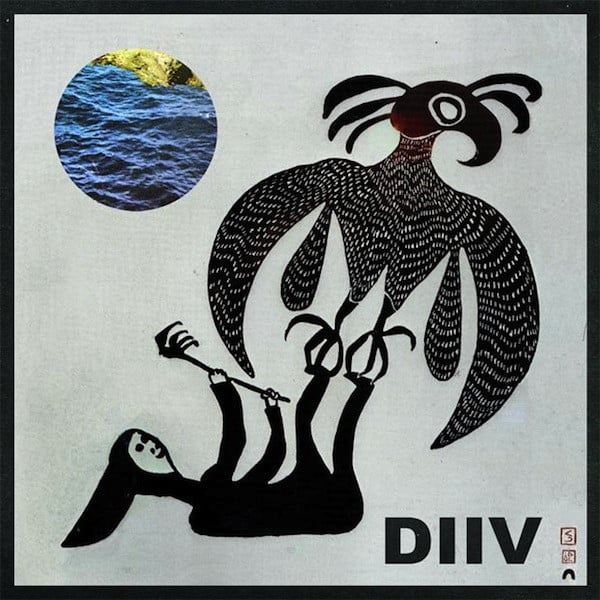
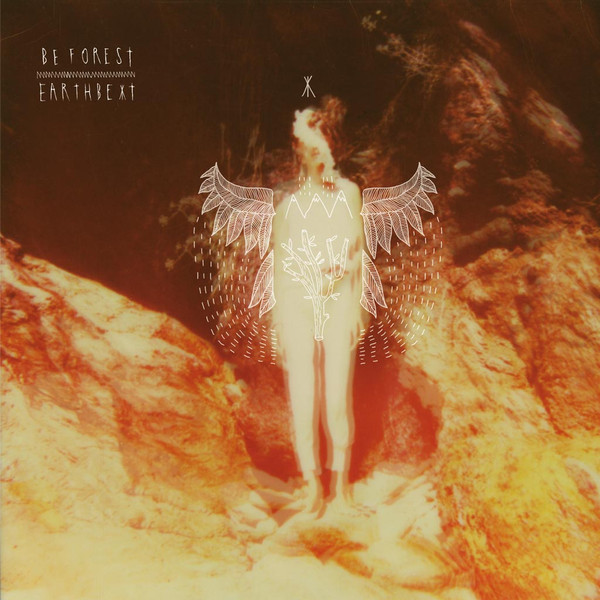
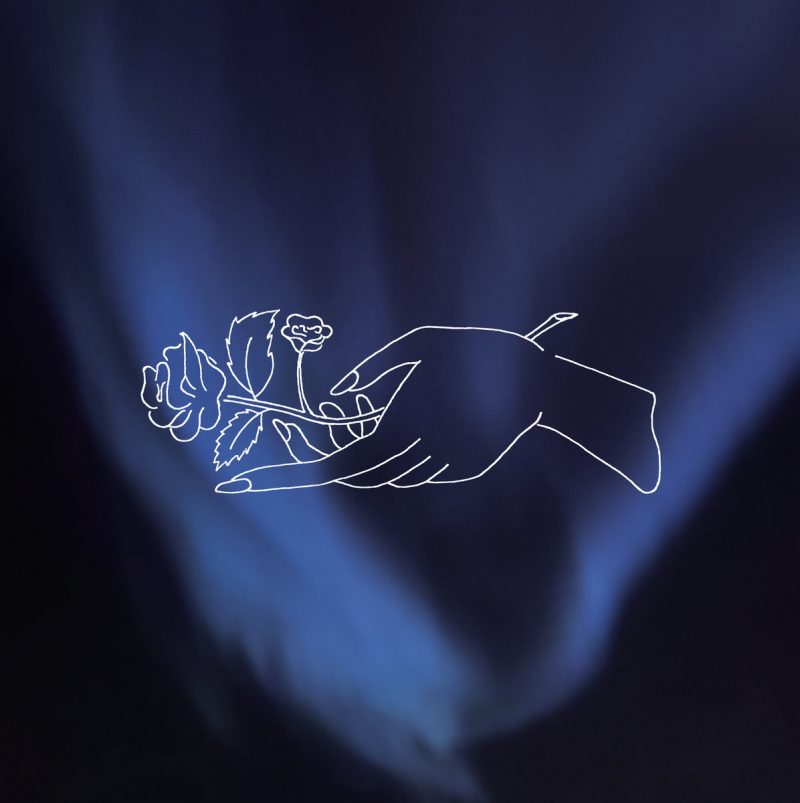
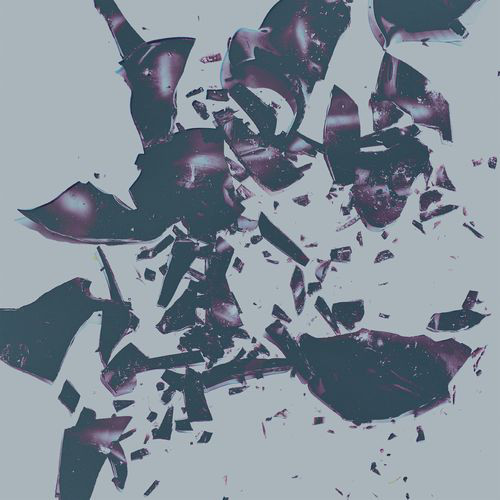
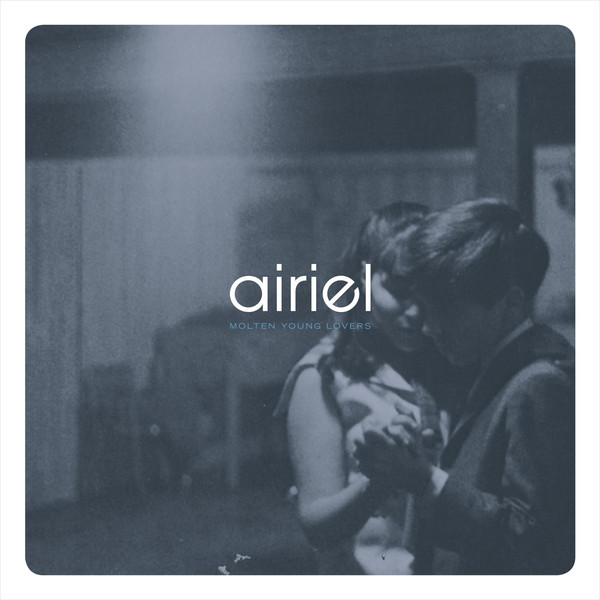
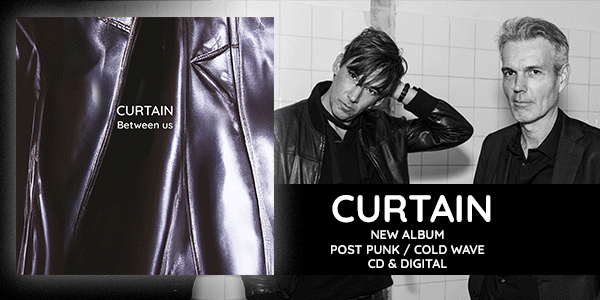








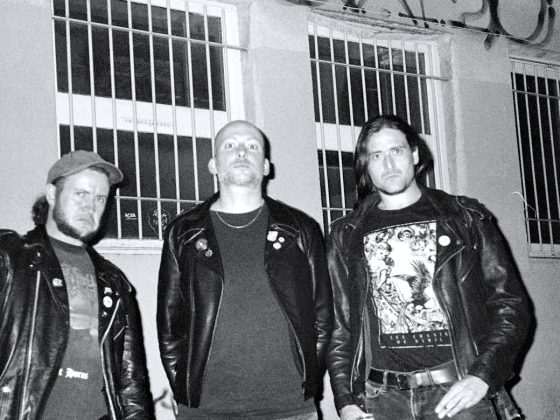
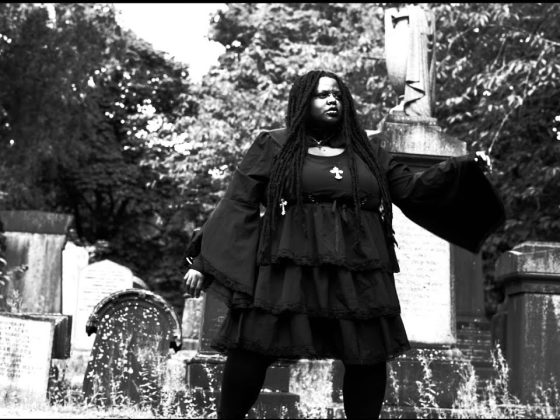

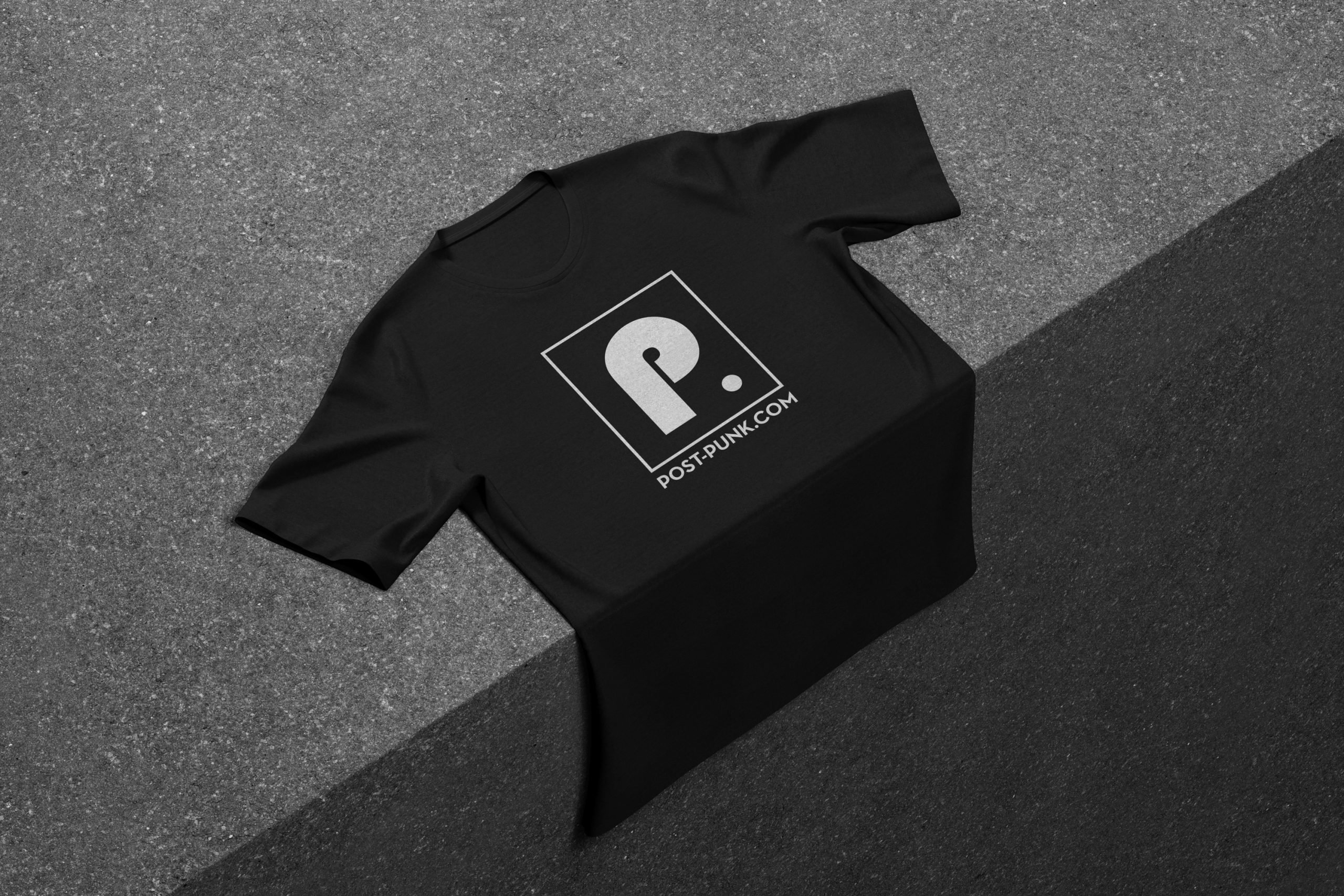 Or via:
Or via: